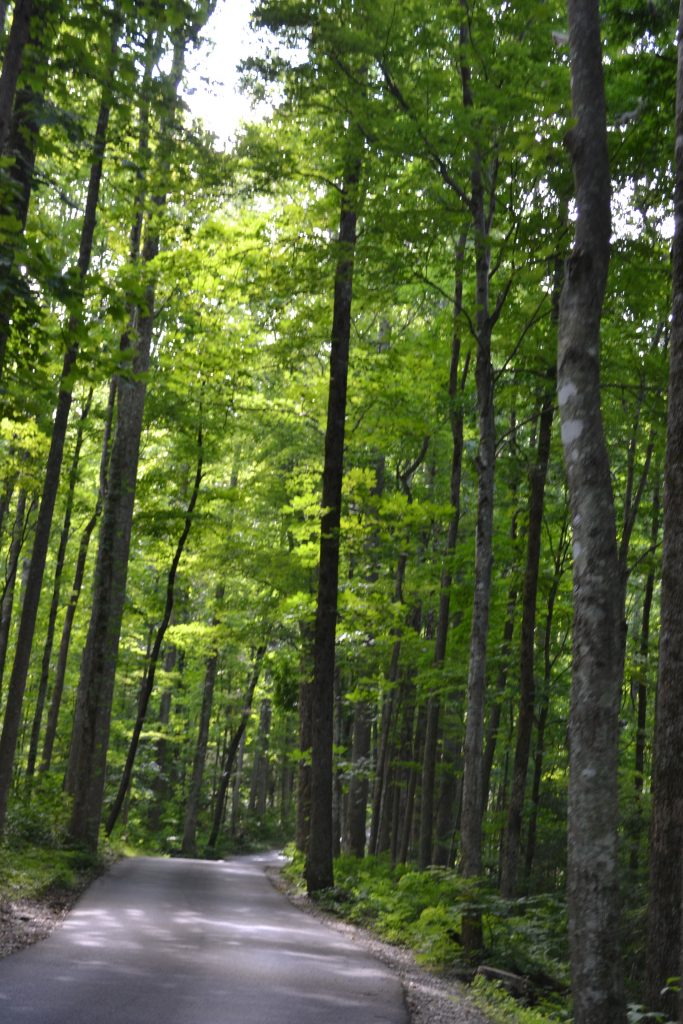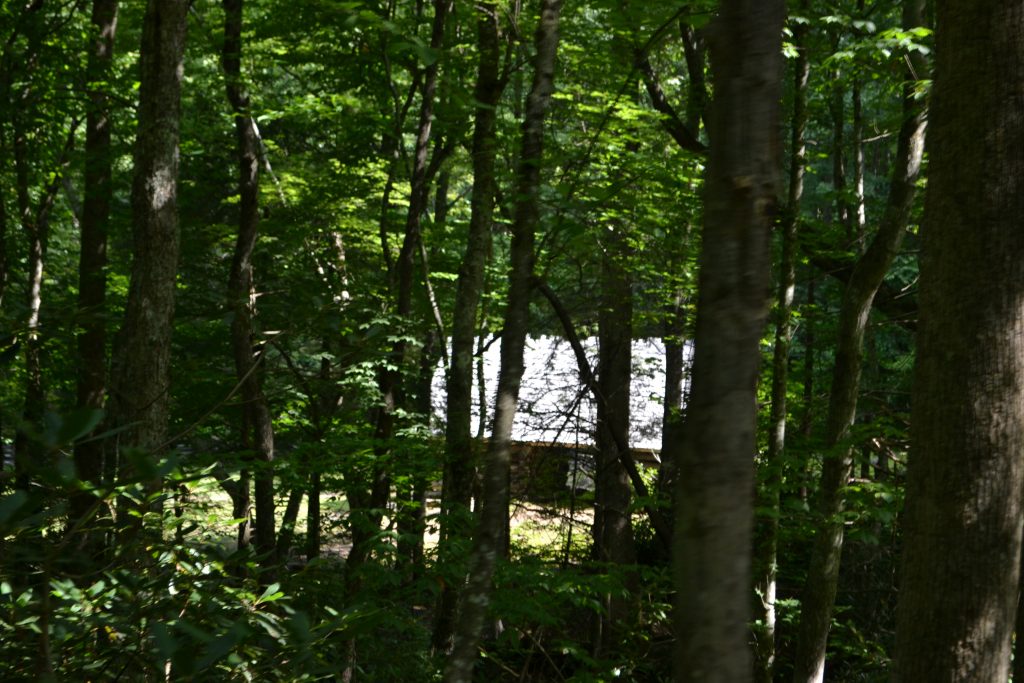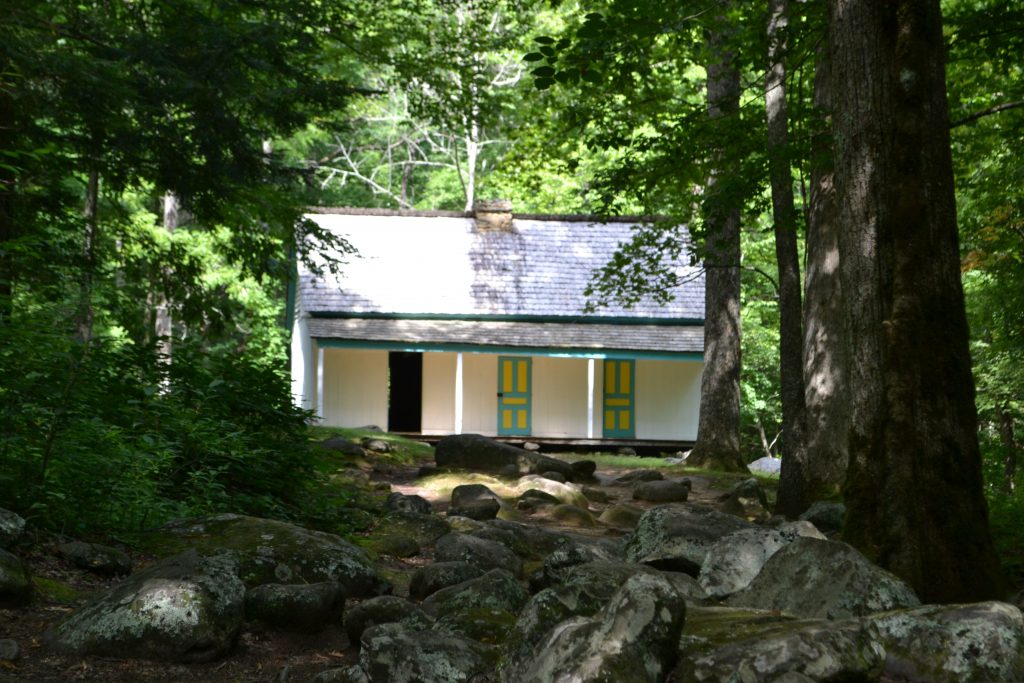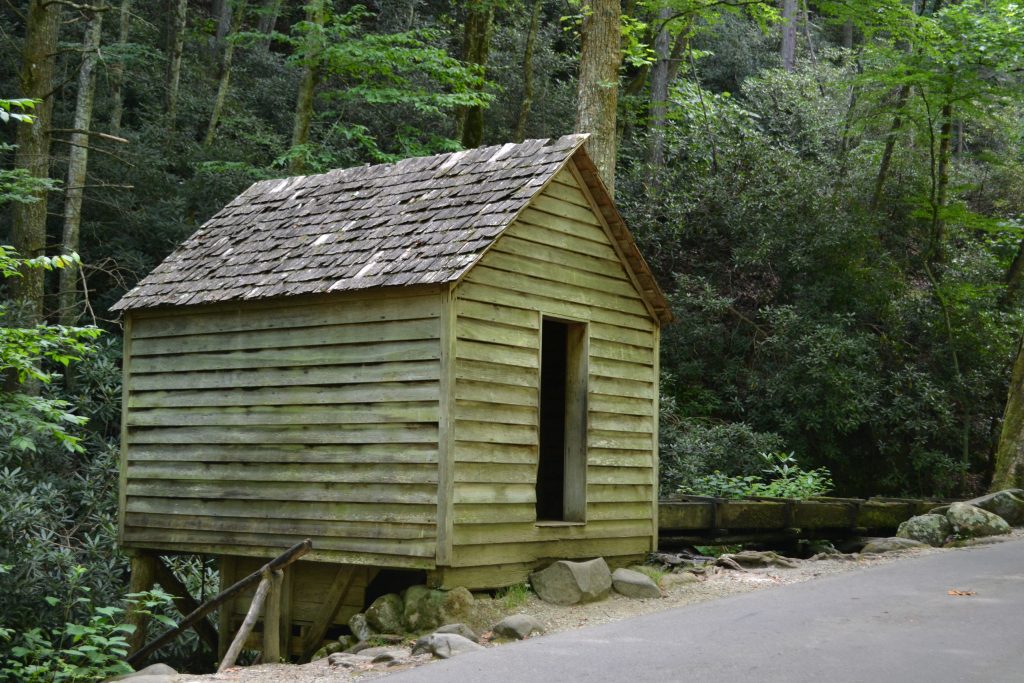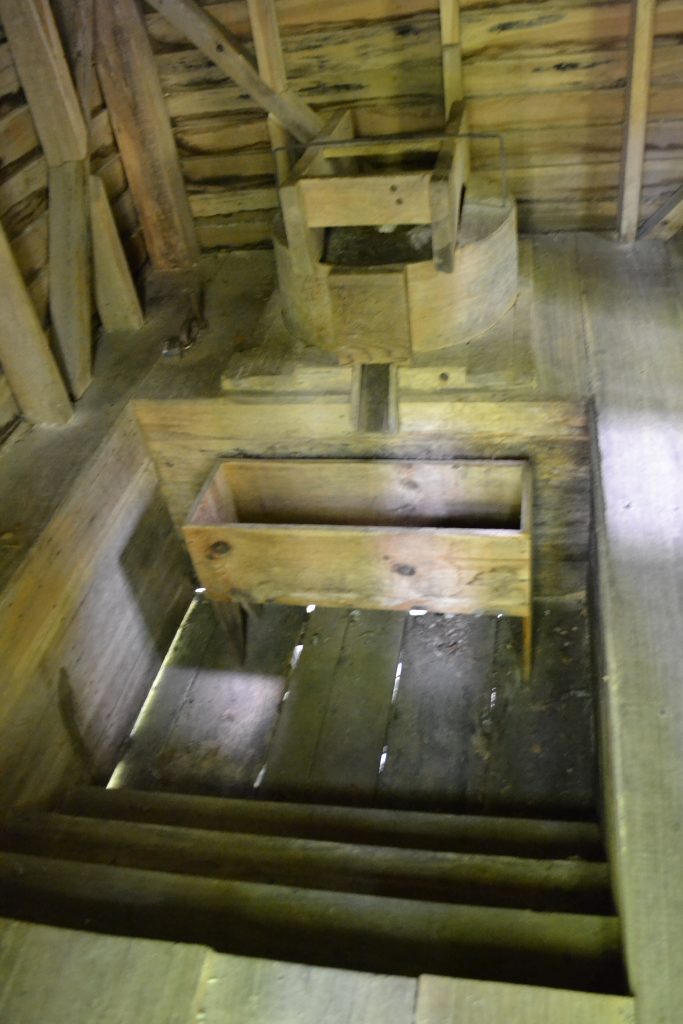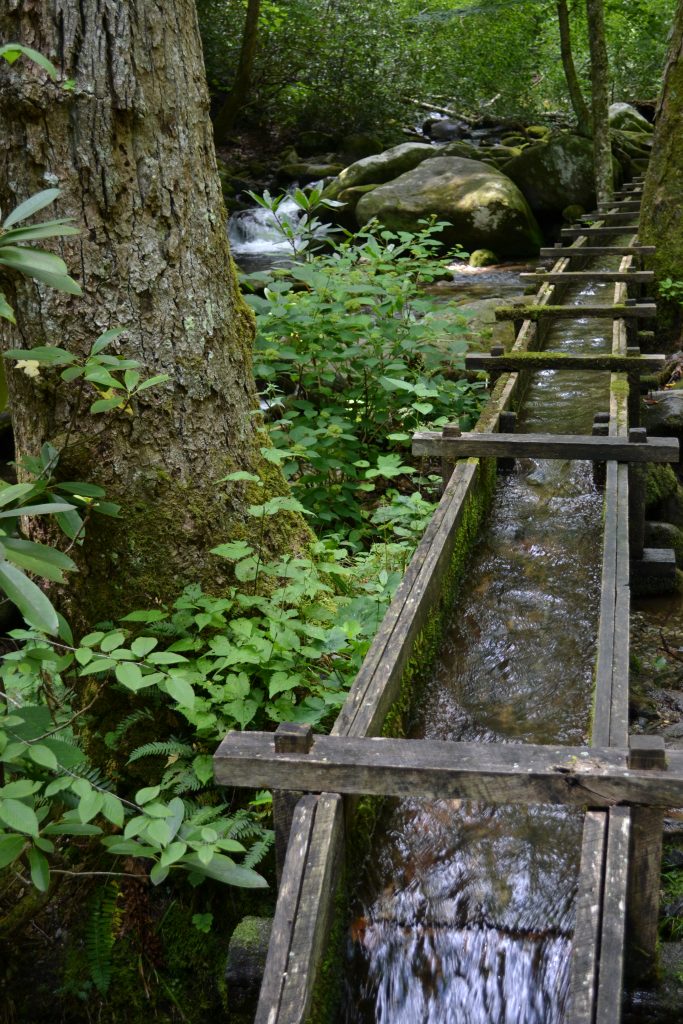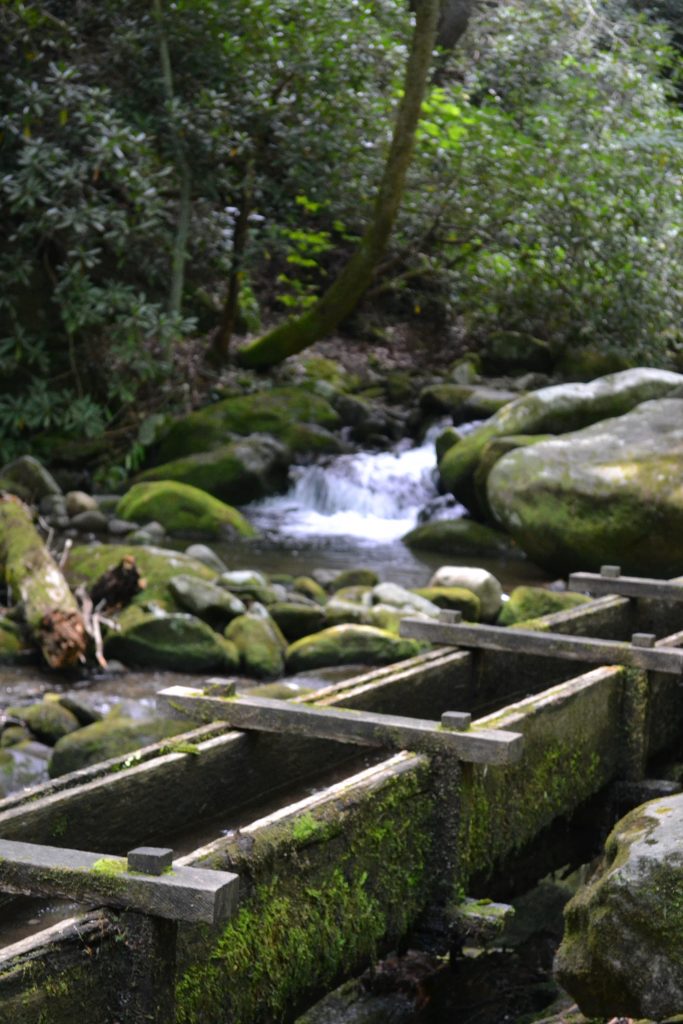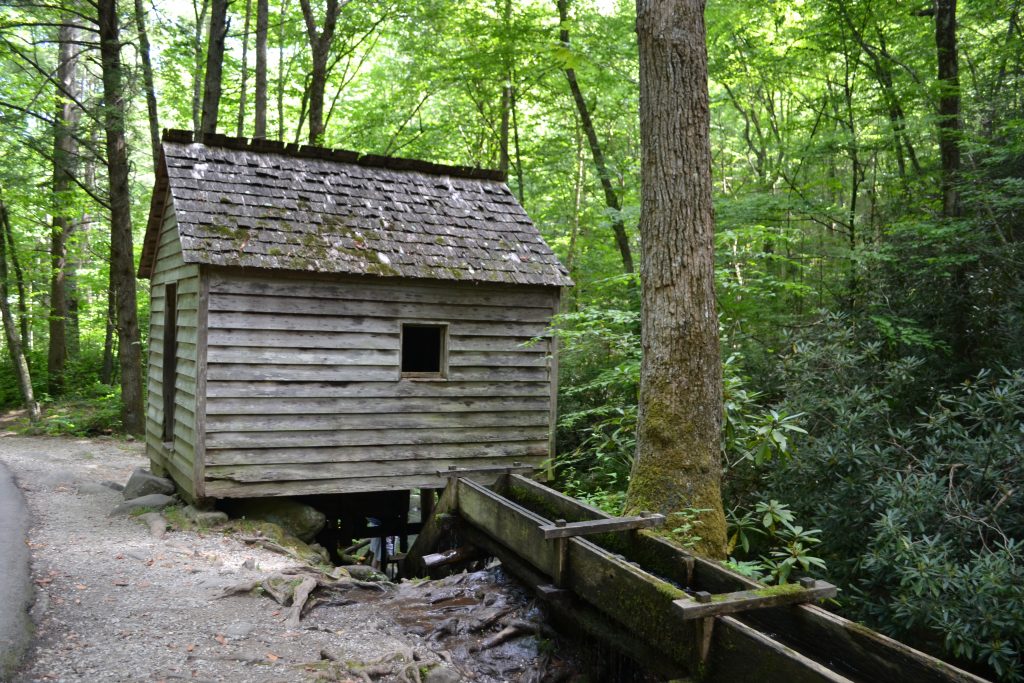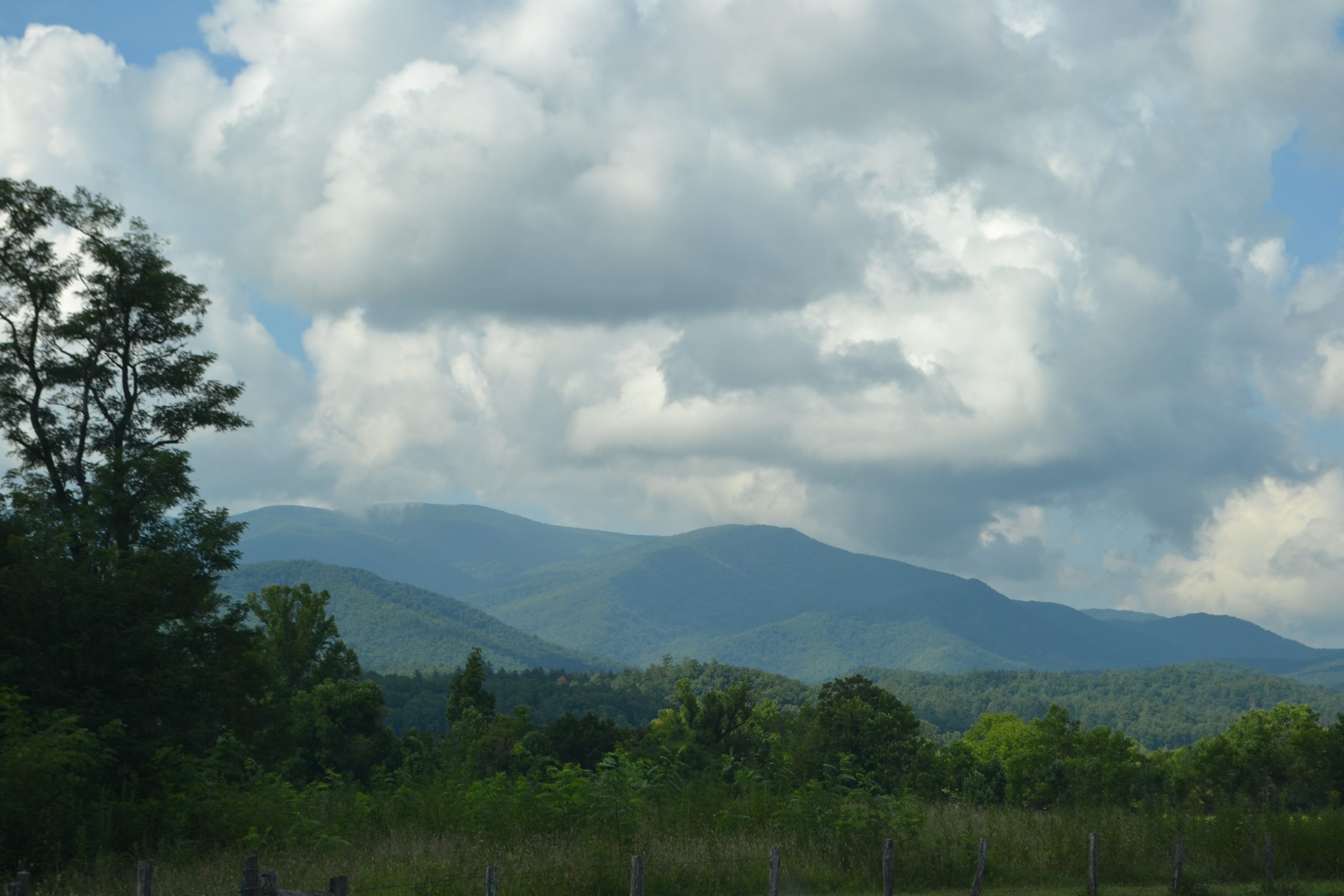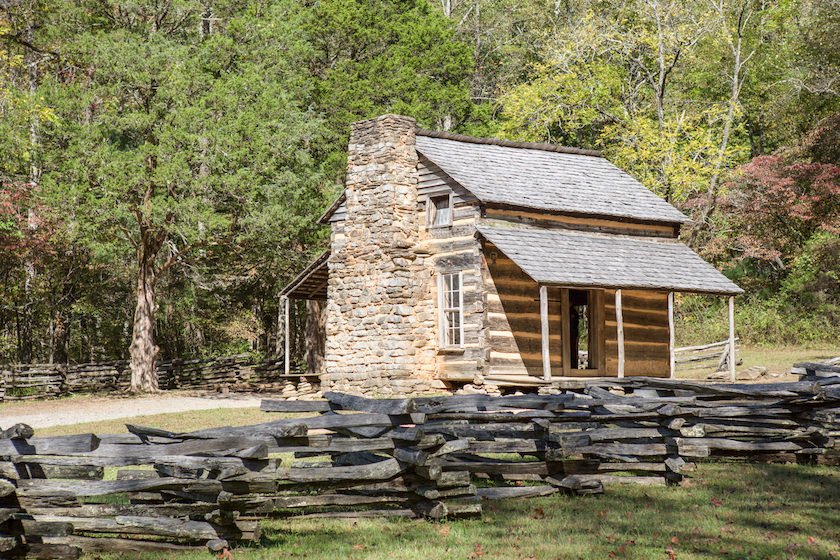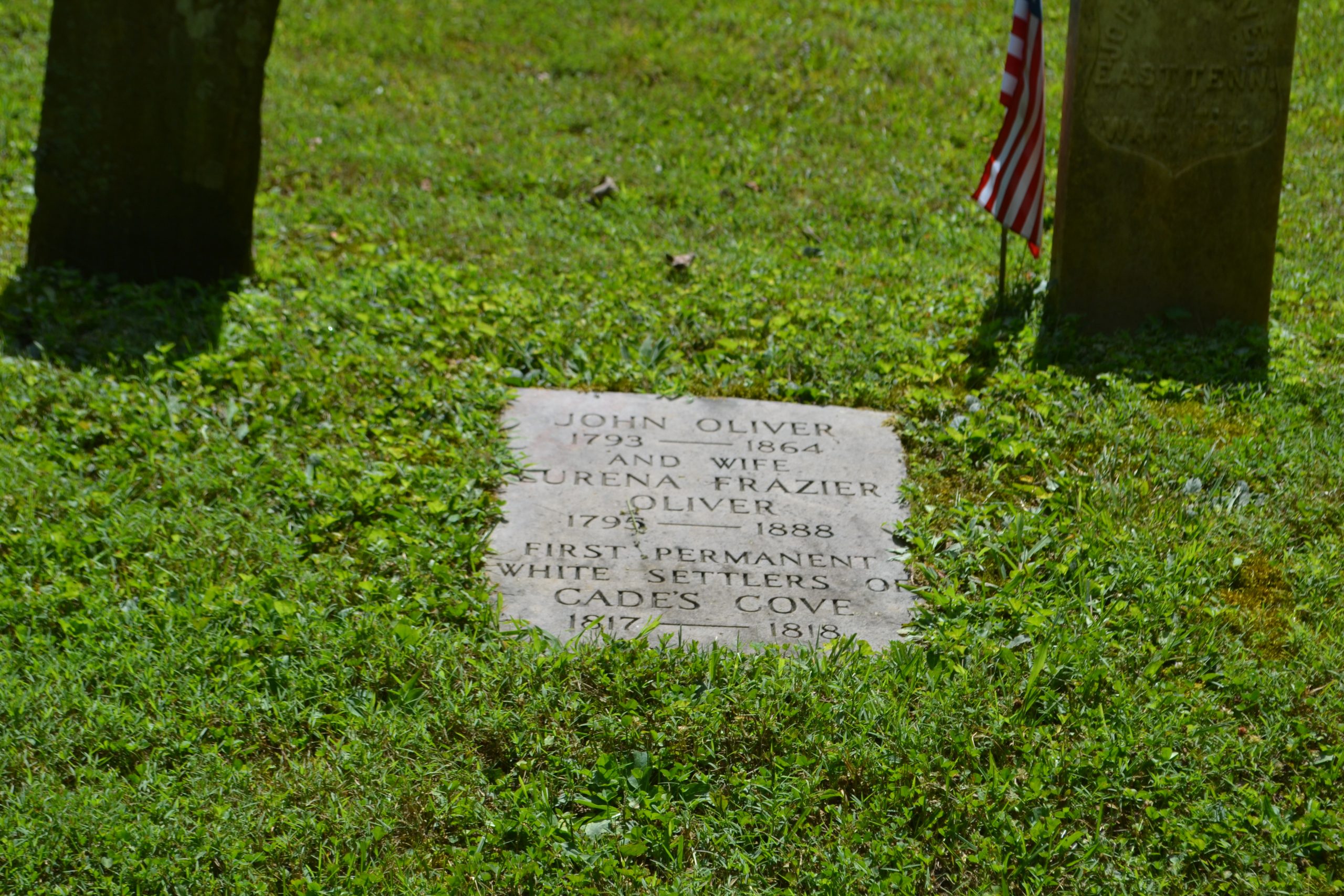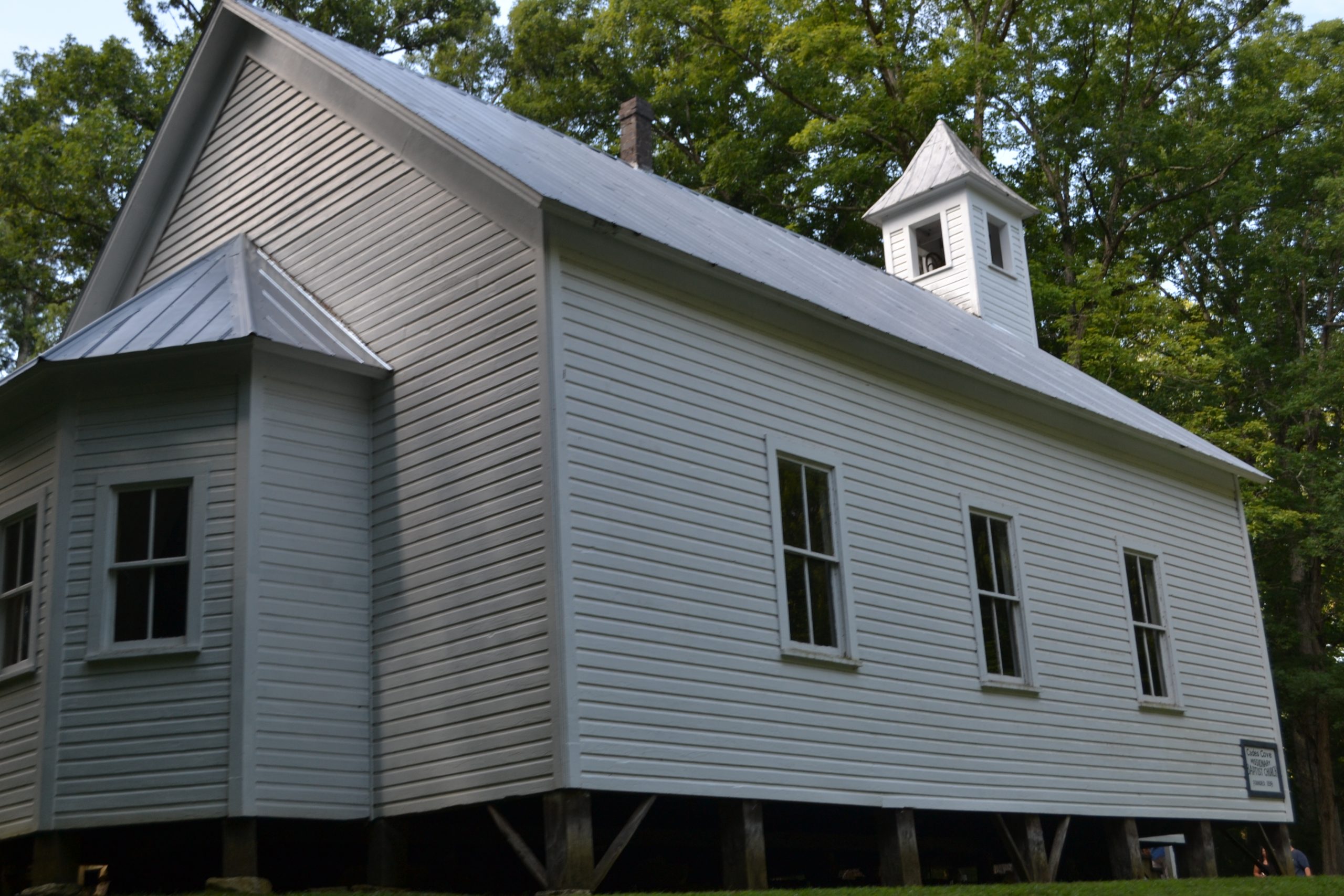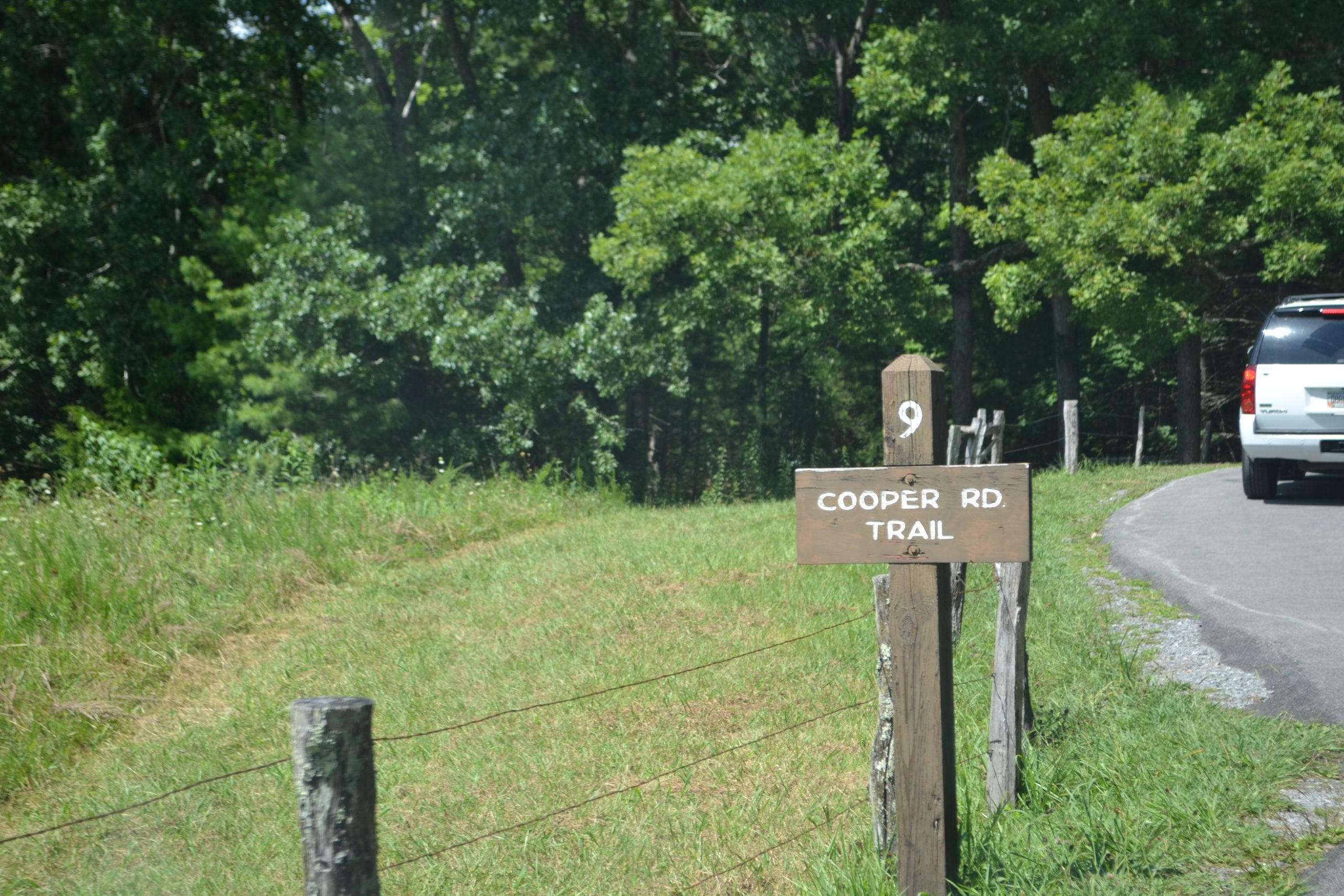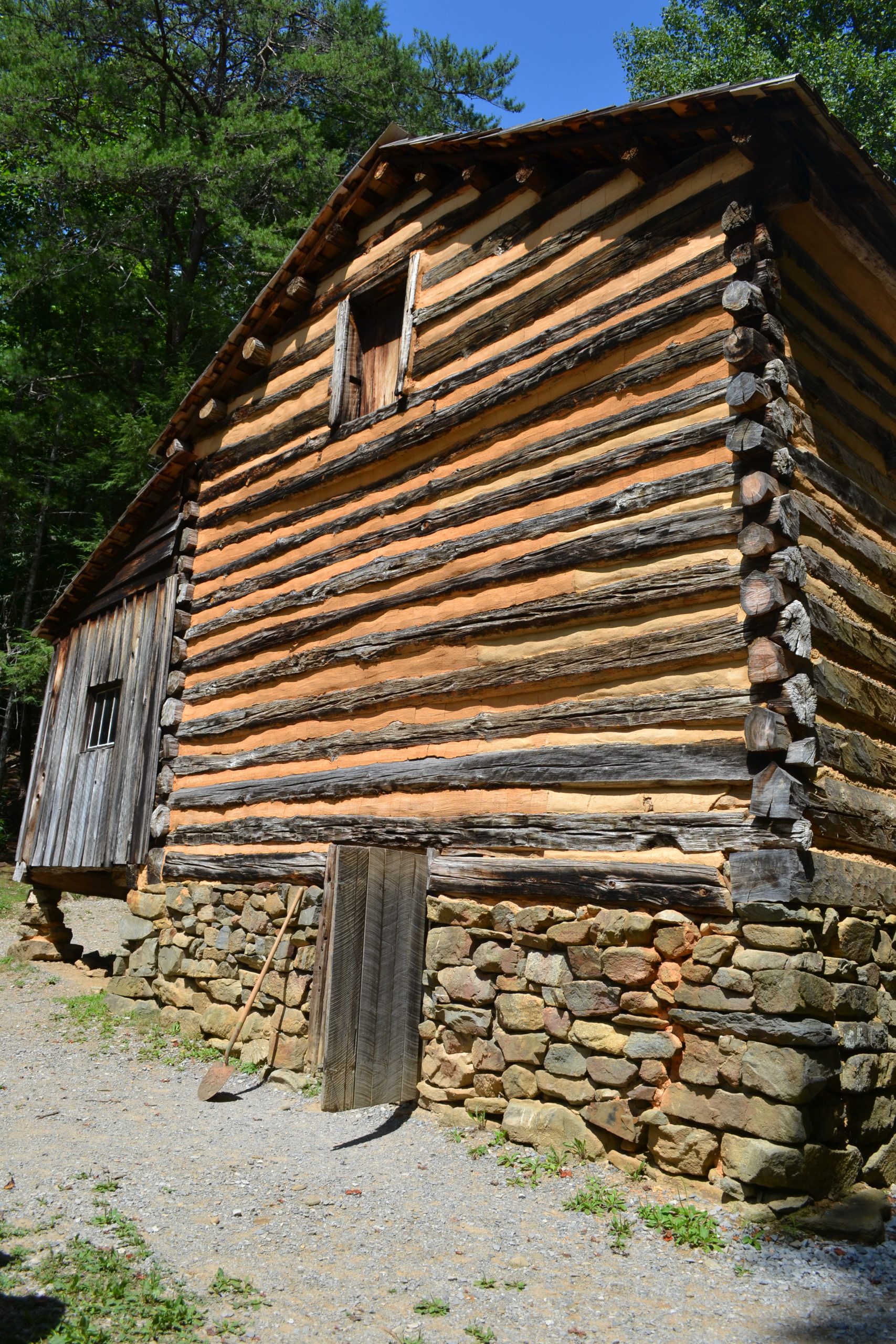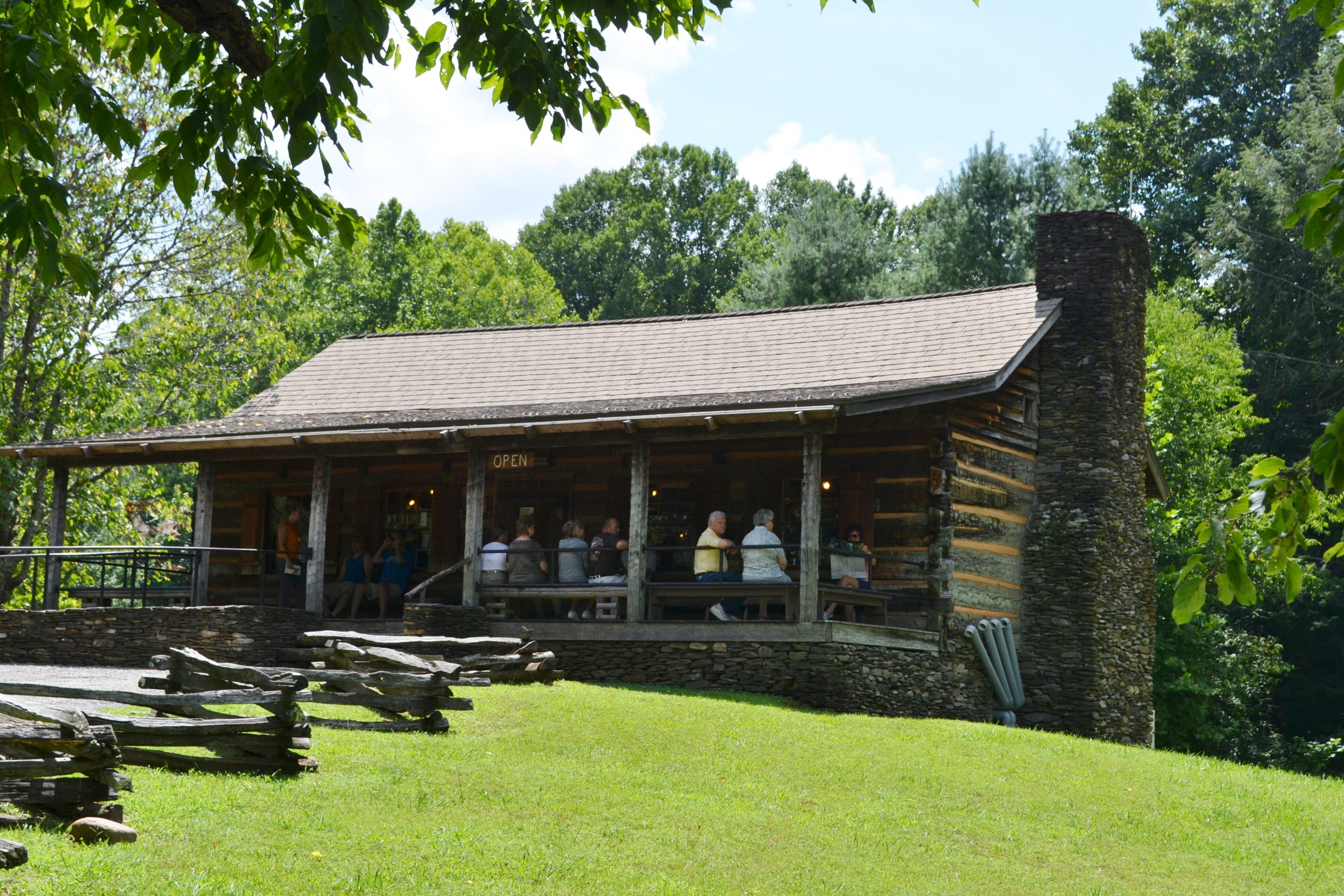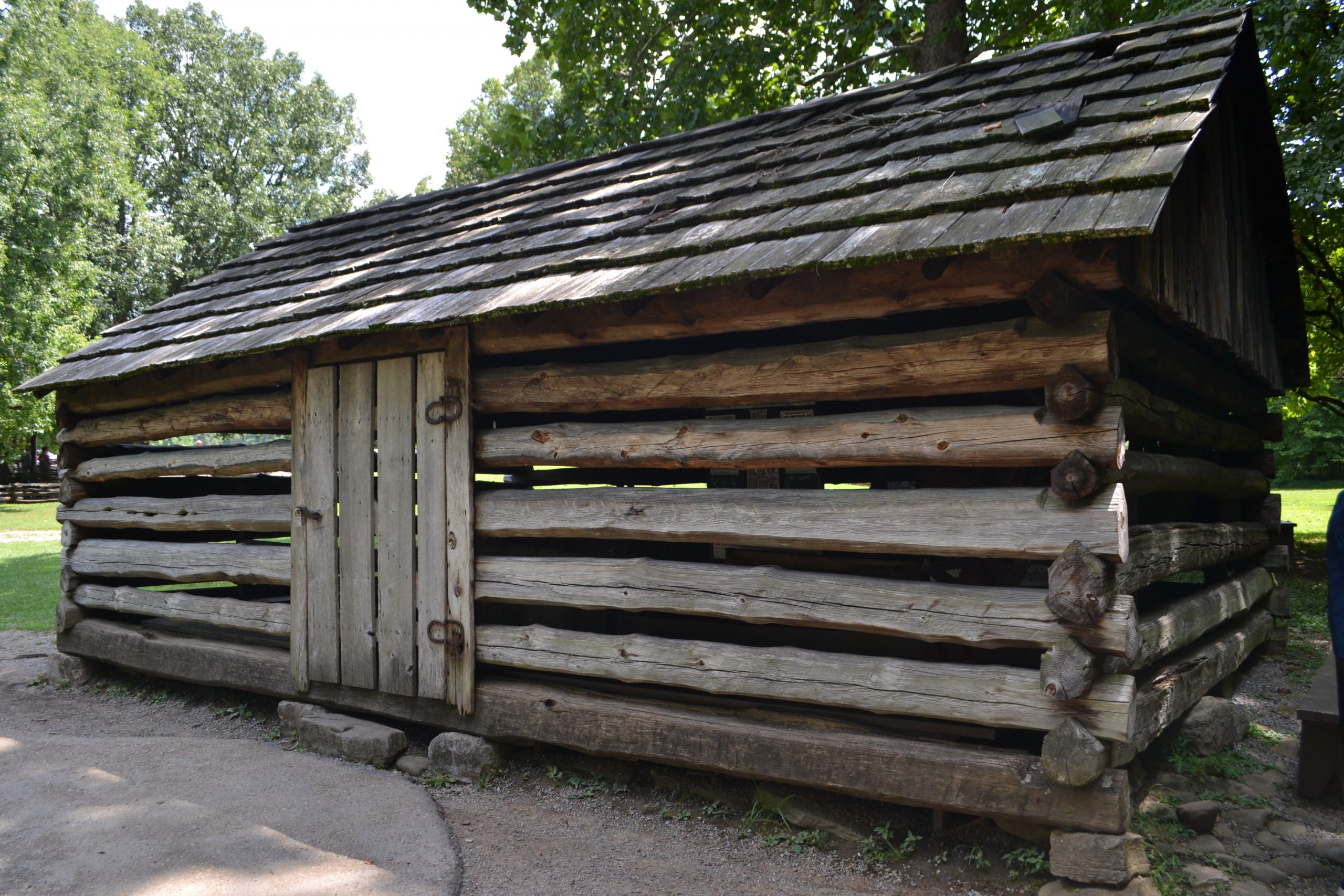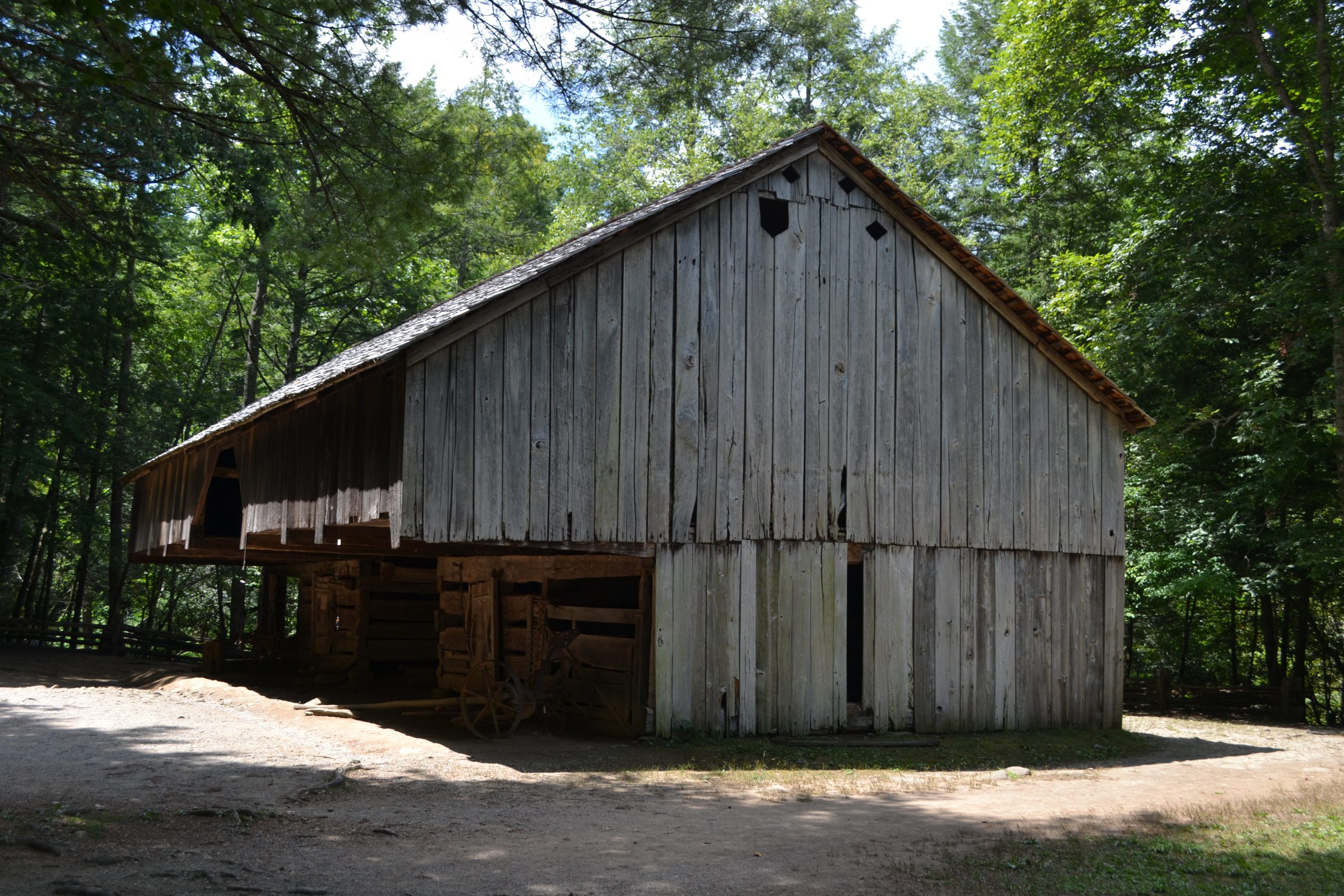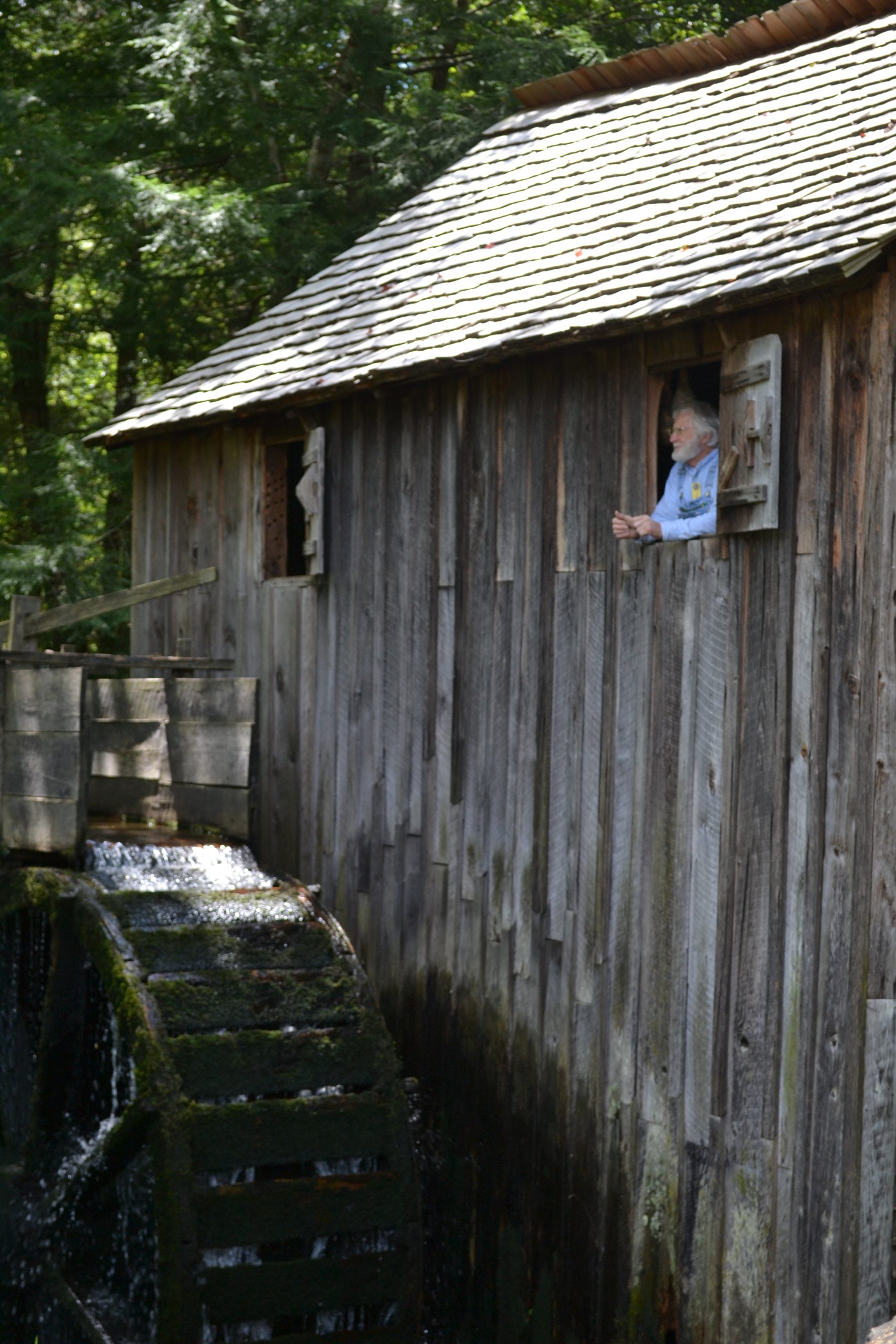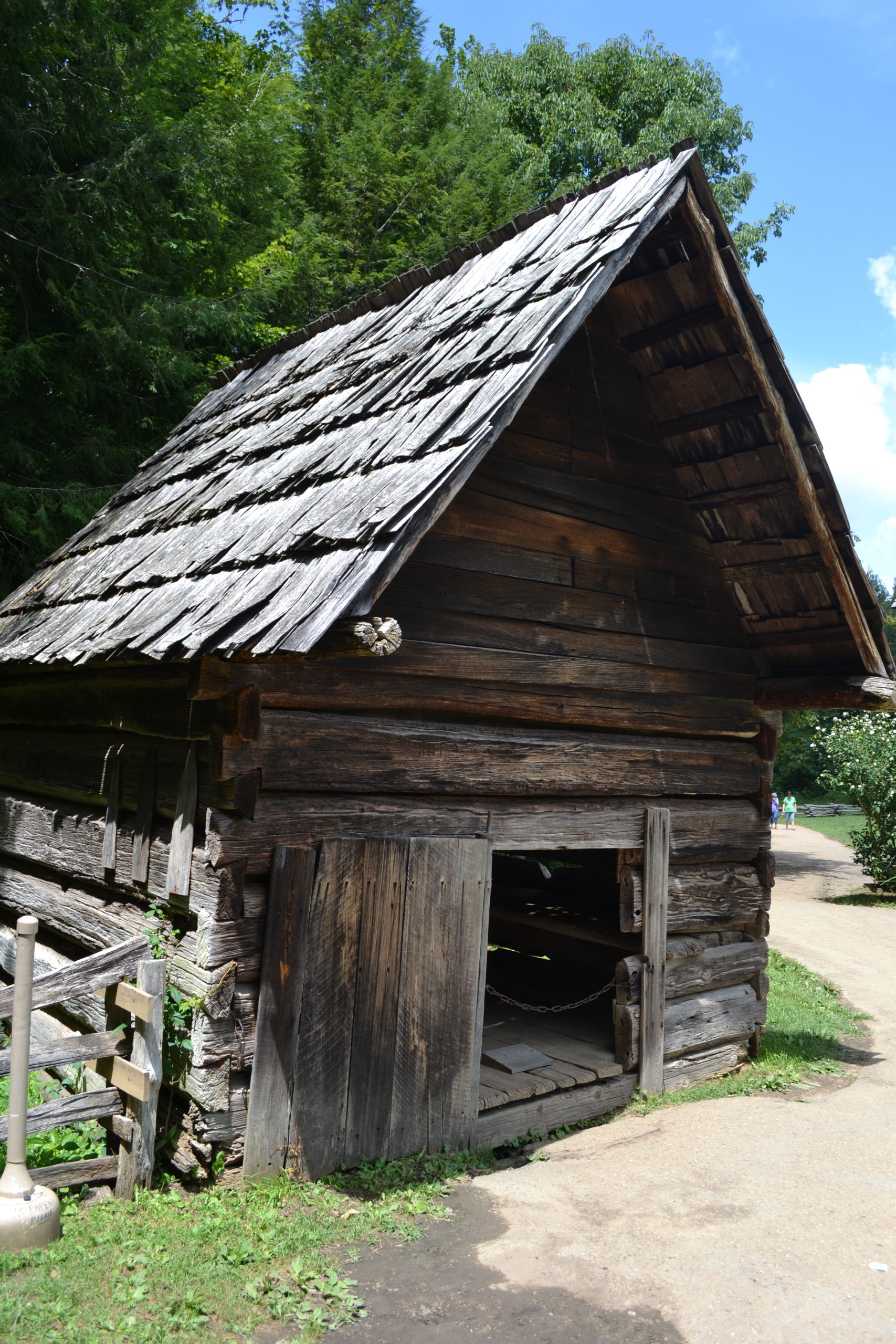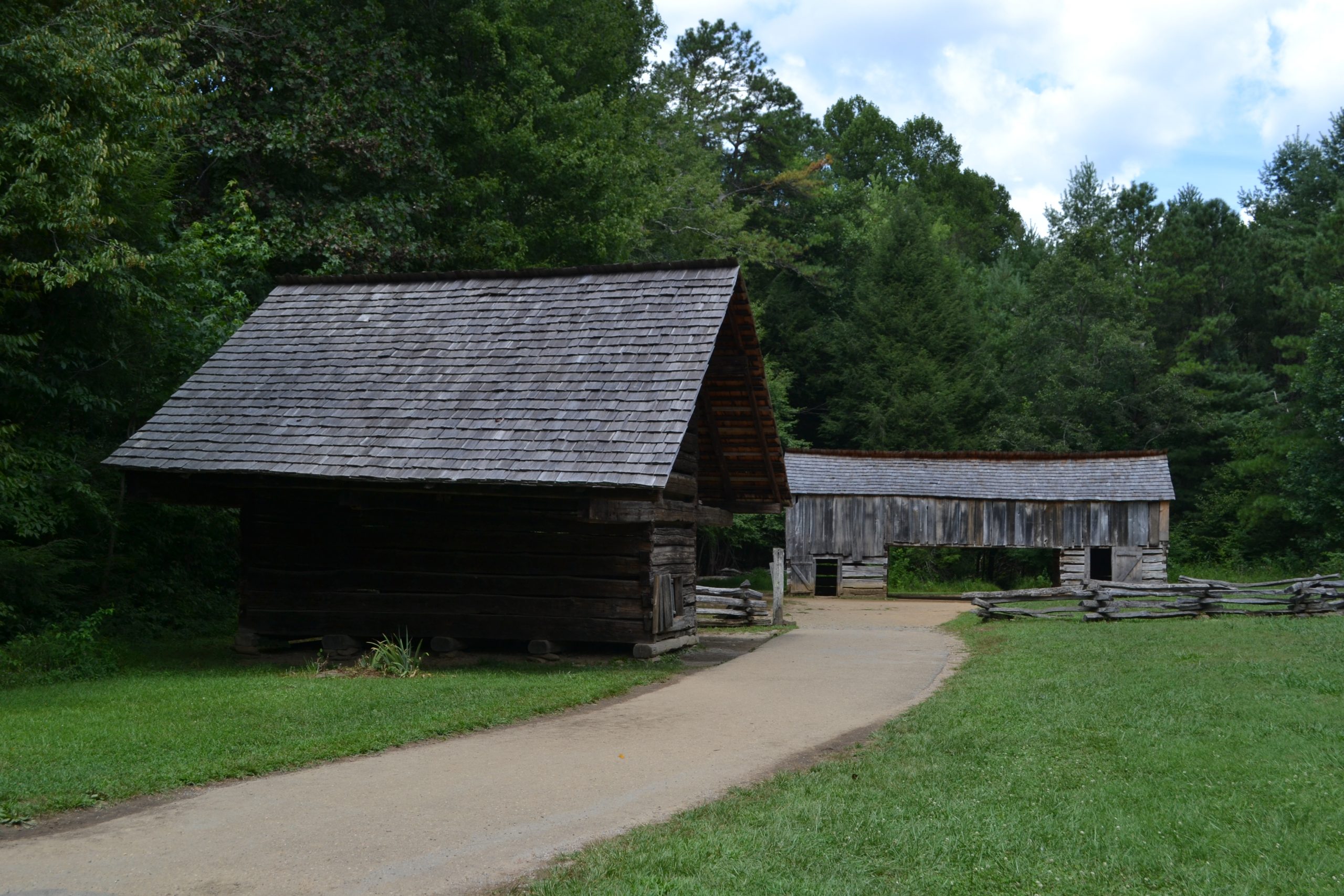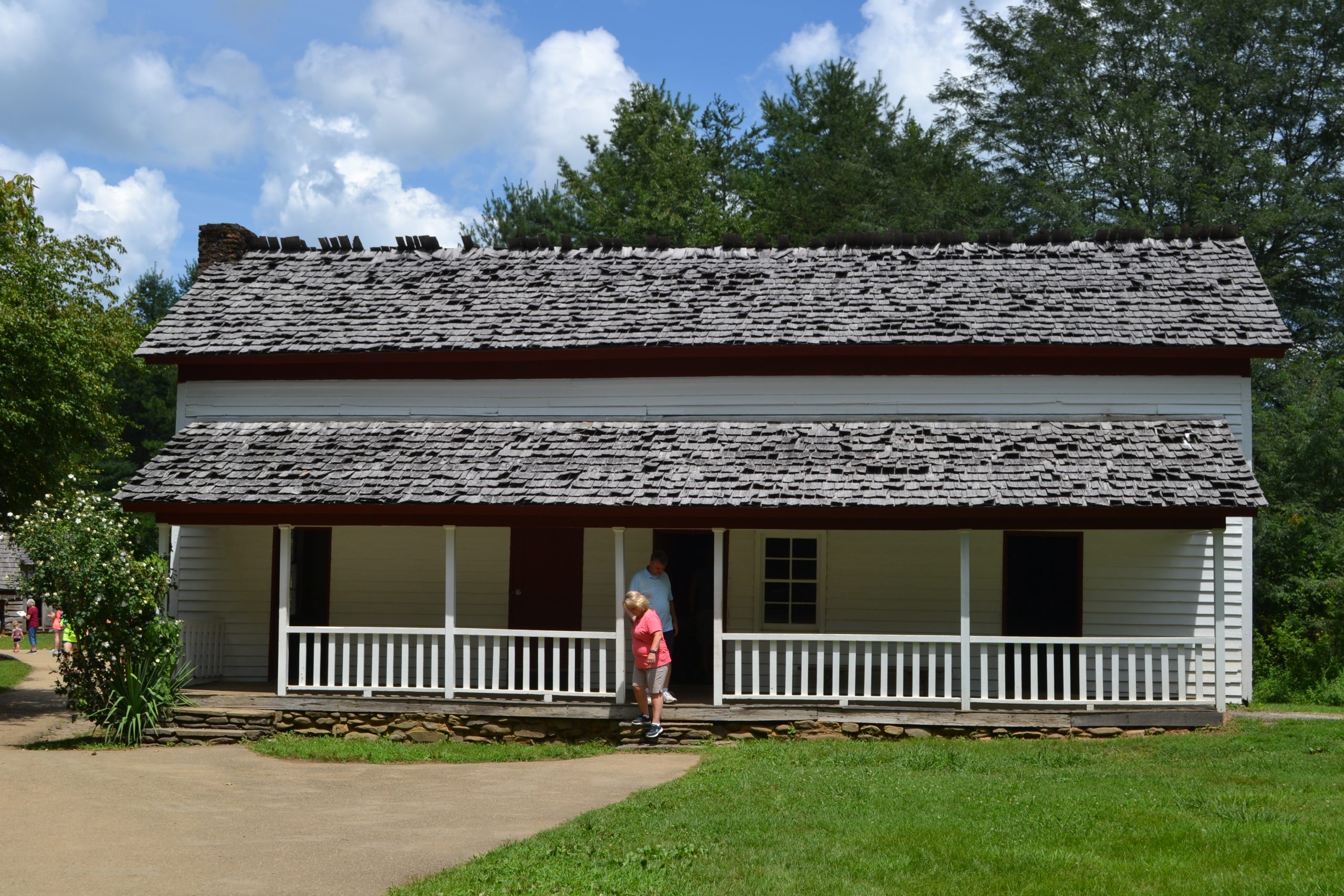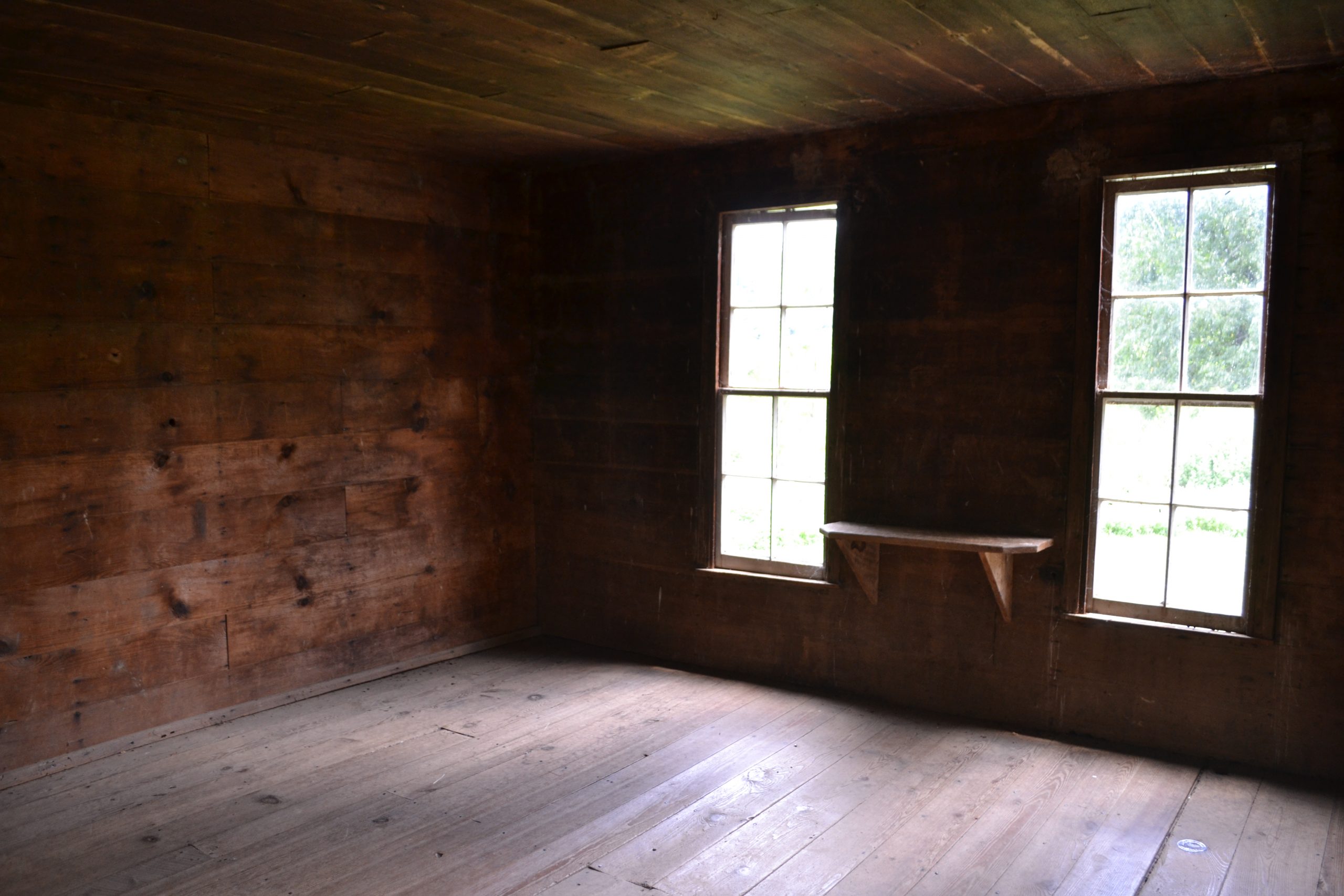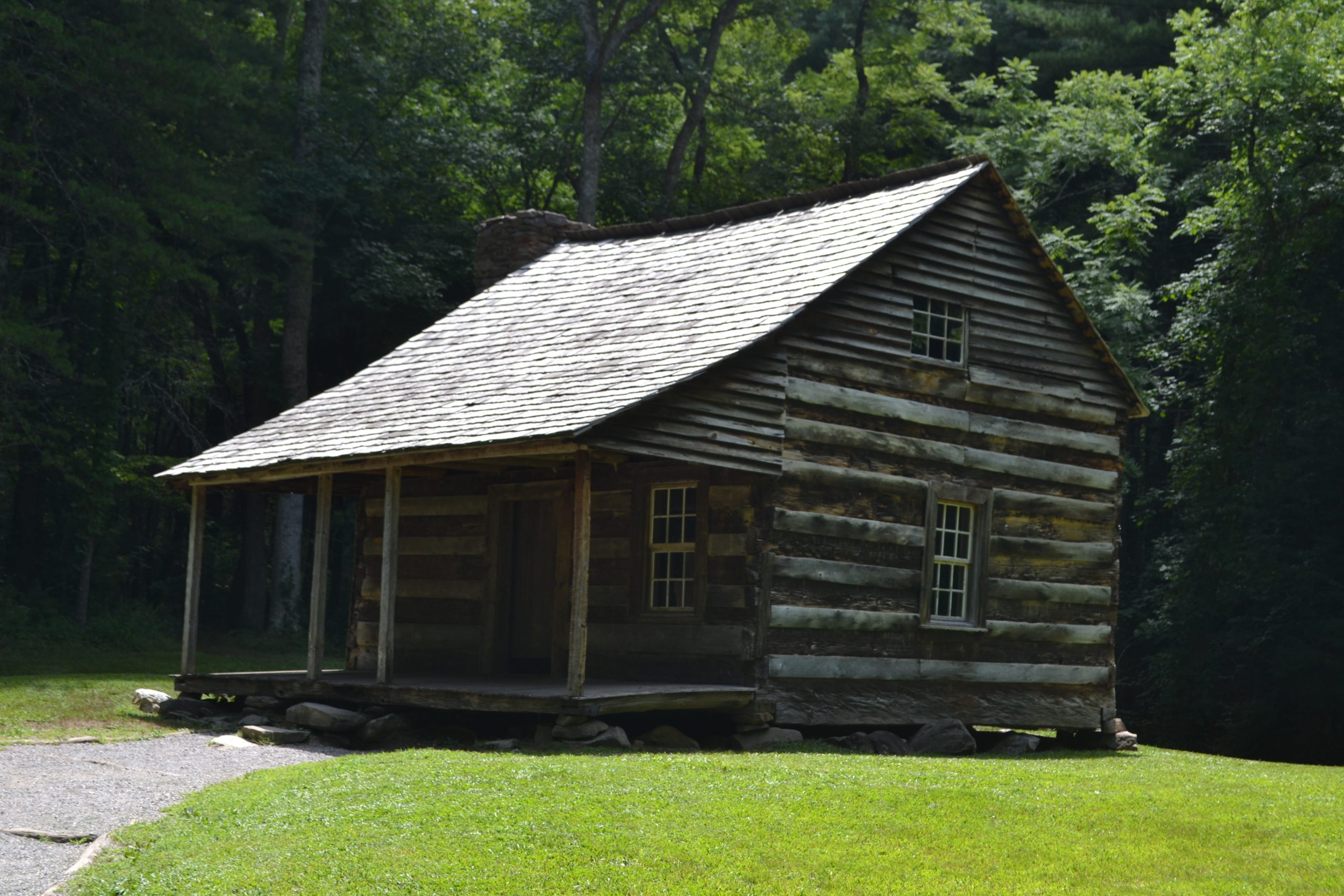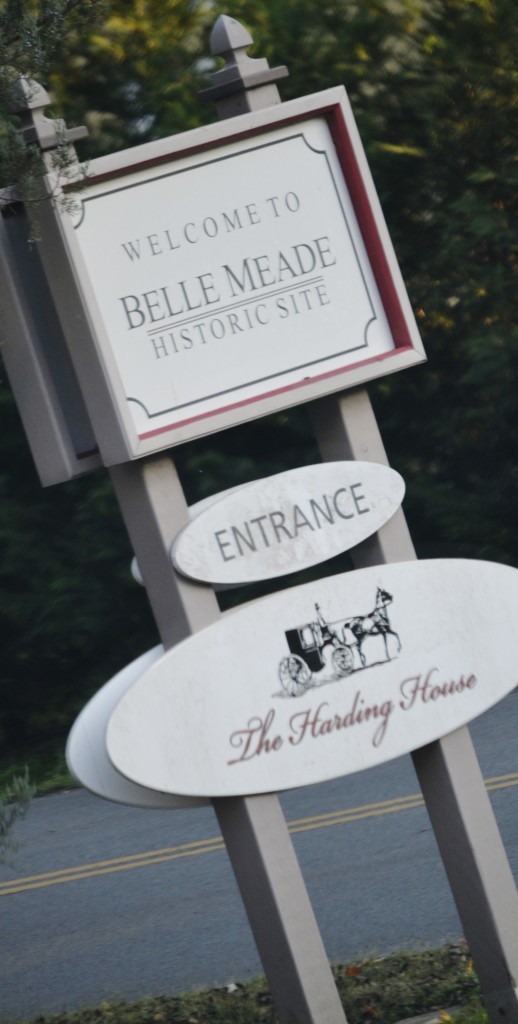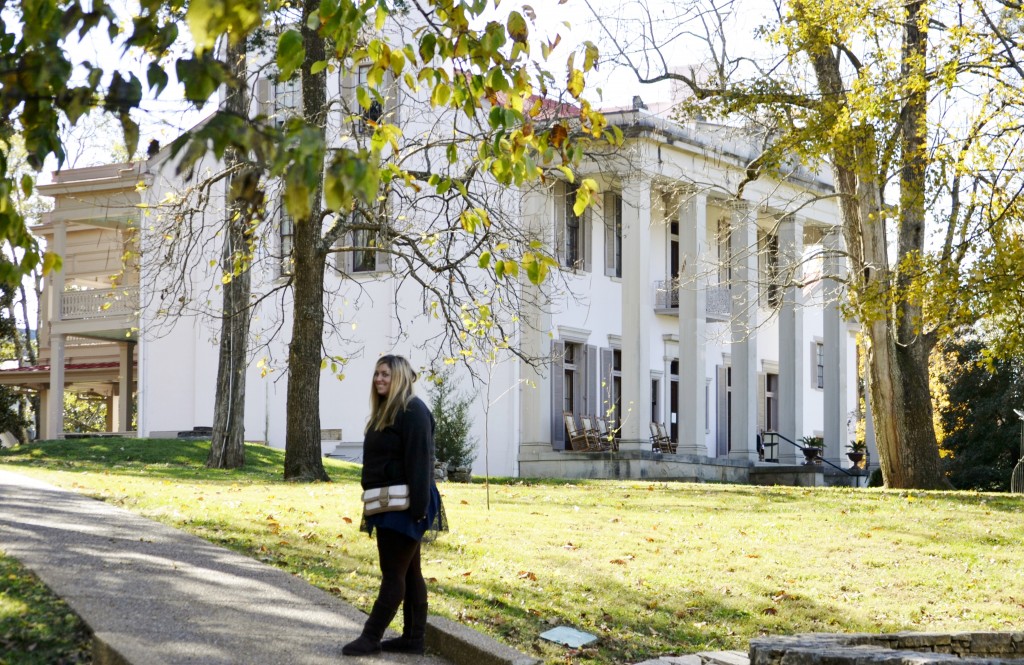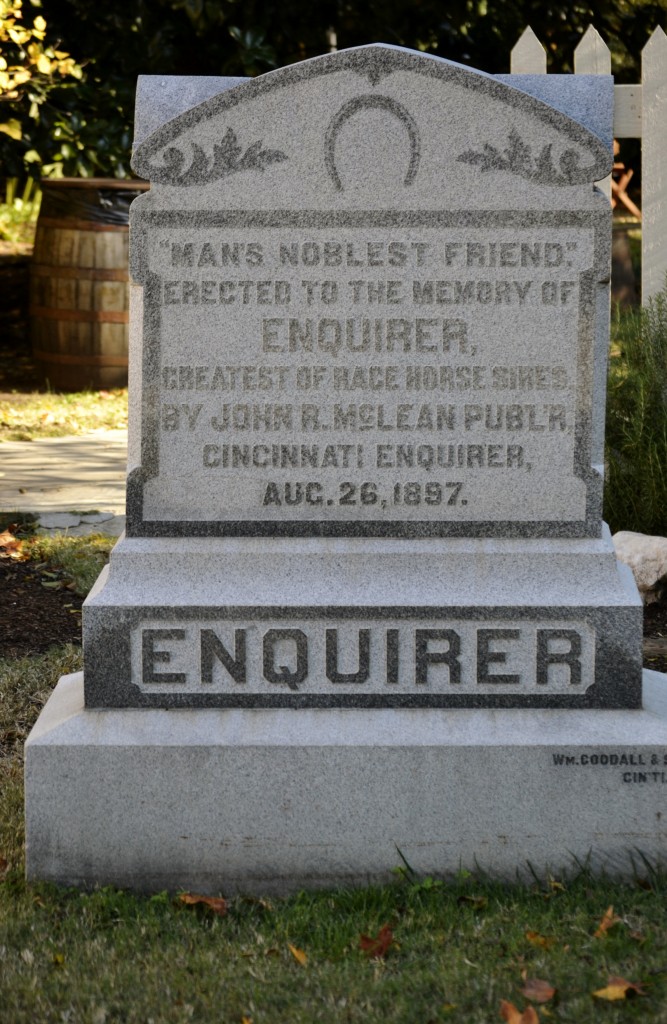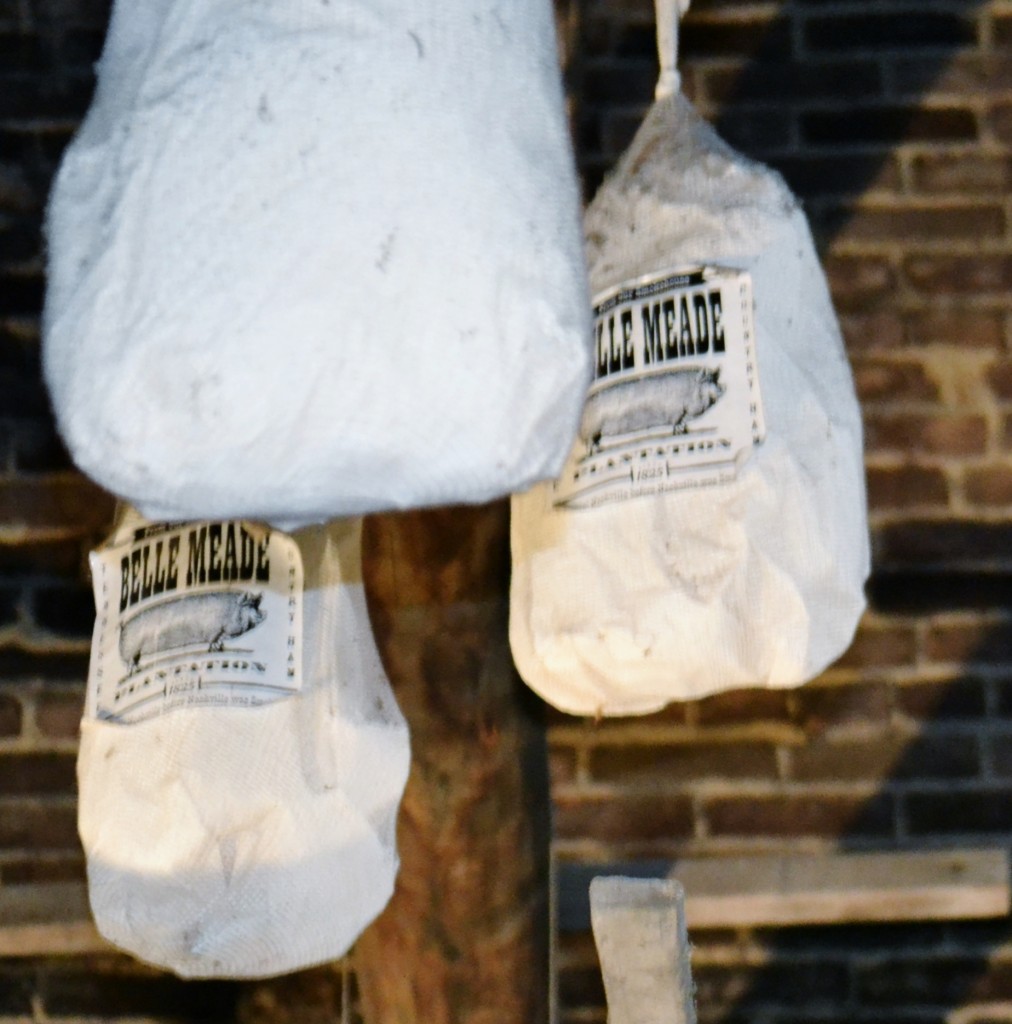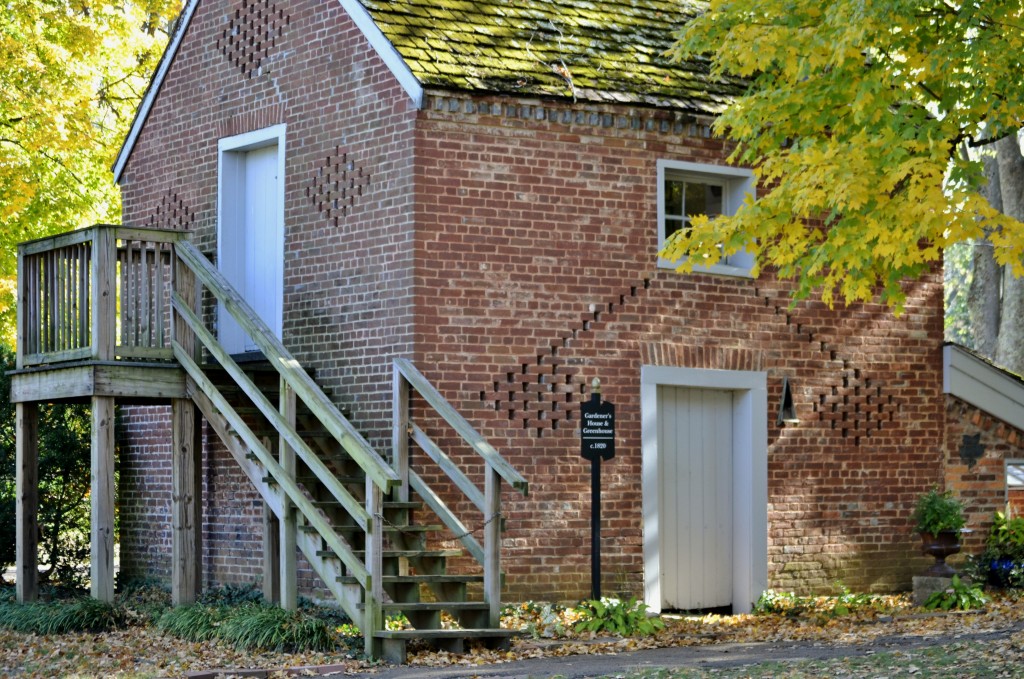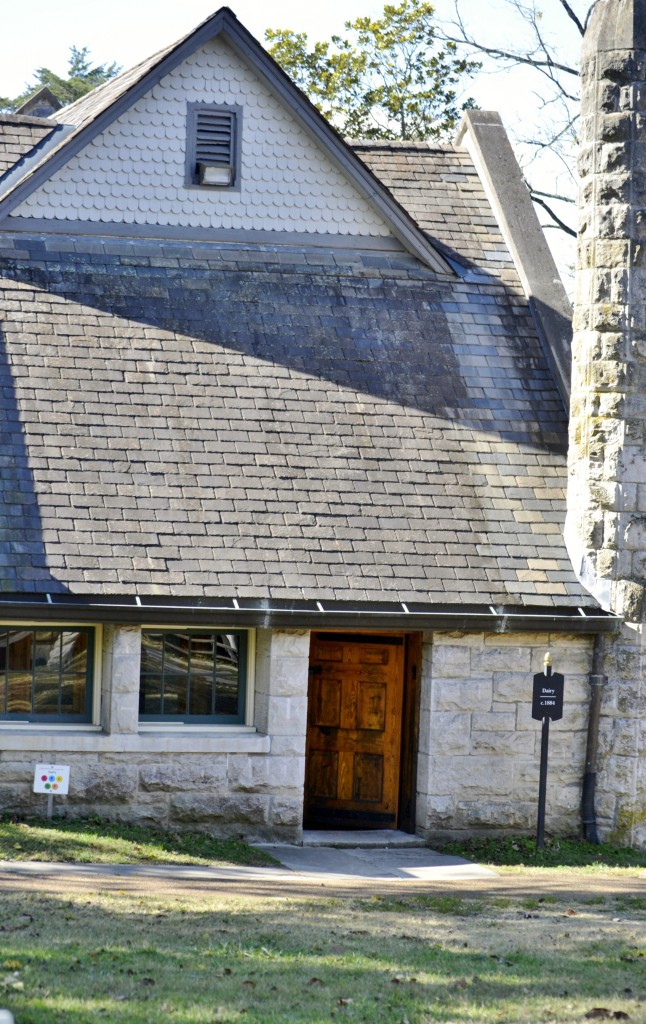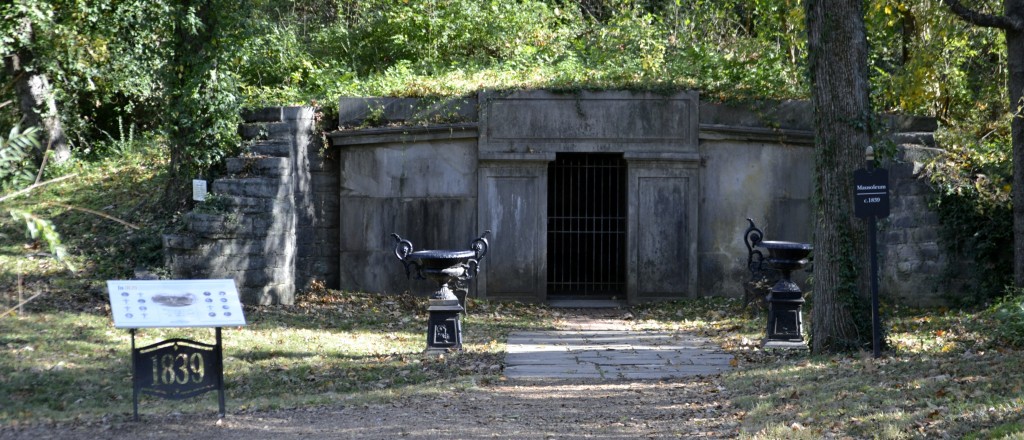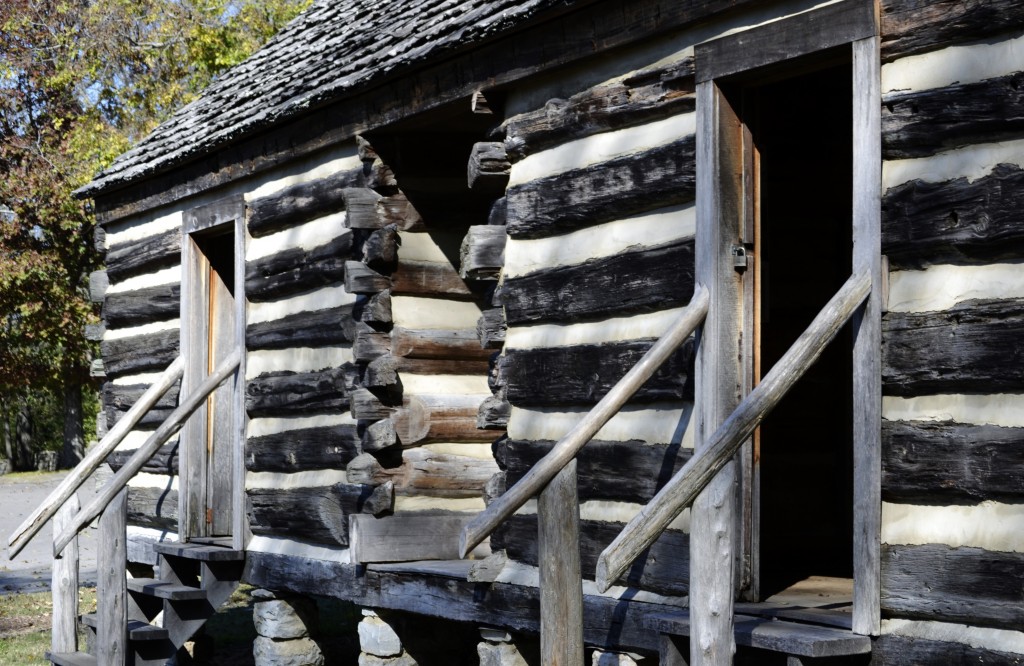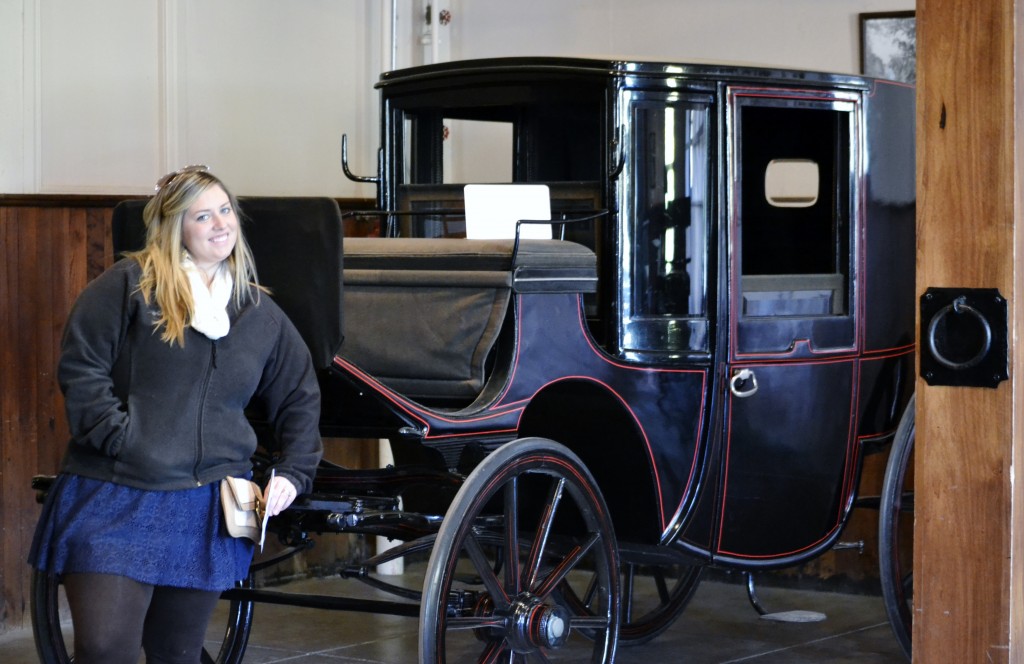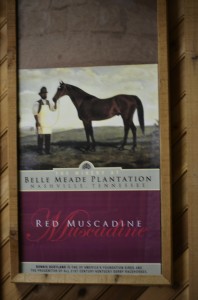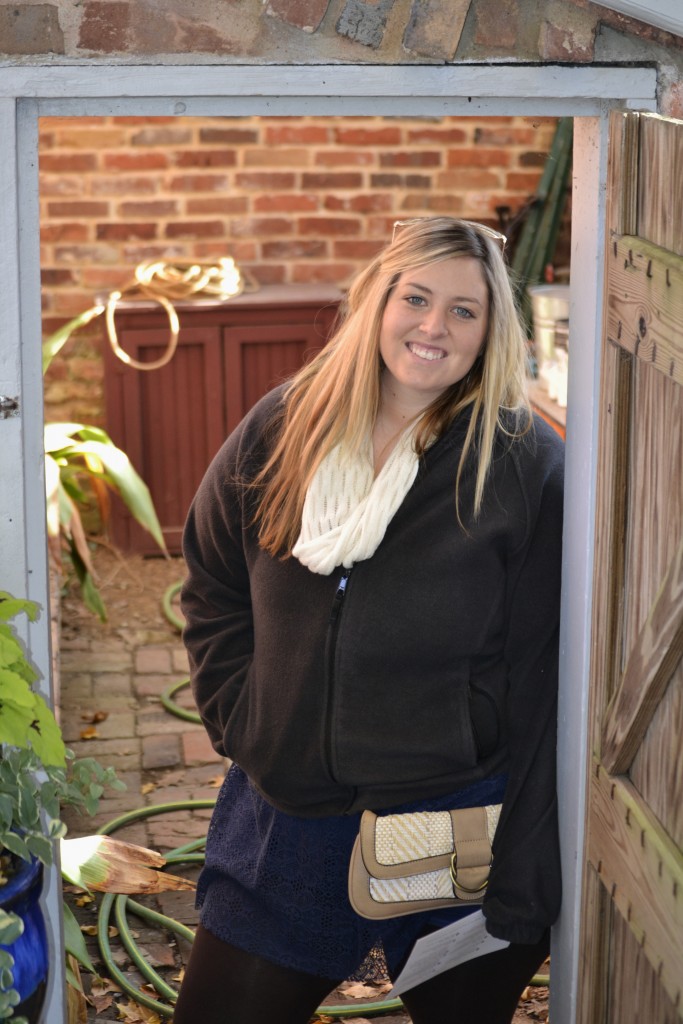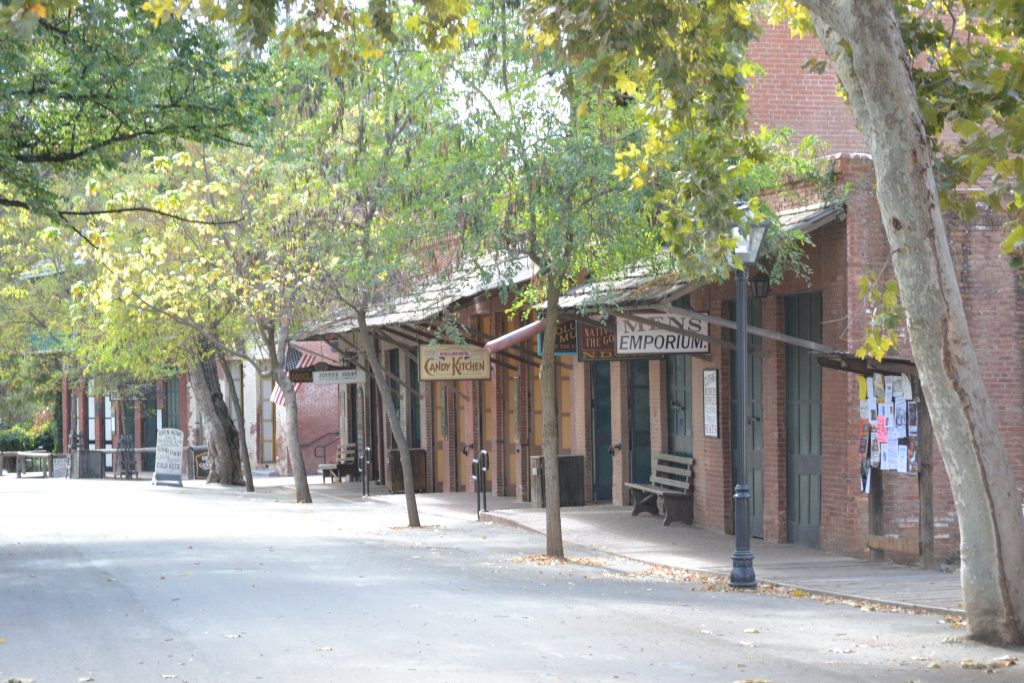
Planning to travel from San Francisco to Yosemite, I was excited to add Columbia State Historic Park to my itinerary. Imagining what it would have been like to live during the Gold Rush of the 1800s, I was looking forward to strolling the streets and exploring its old restored buildings.
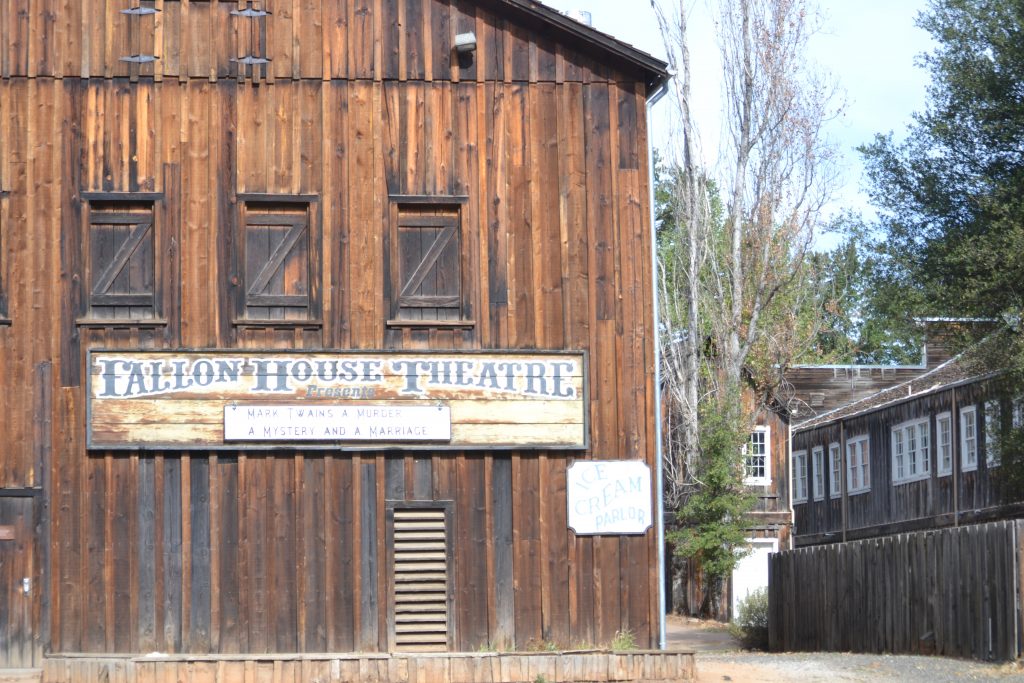
Located off of Highway 49 near the Sierra Nevada Mountains, Columbia was once a vibrant town that drew a population of gold seekers in hopes of living the American dream. As I entered this beautifully restored historic district, I found the parking lot off of Broadway Street in close proximity to the park. The first building on my tour was the Fallon Hotel where I picked up Washington Street, a pedestrian only walkway. Following the map, I identified more than 30 buildings that existed during the California Gold Rush remaining on this site today. According to the park’s website, this is the “largest single collection of existing gold rush-era structures in the state”.
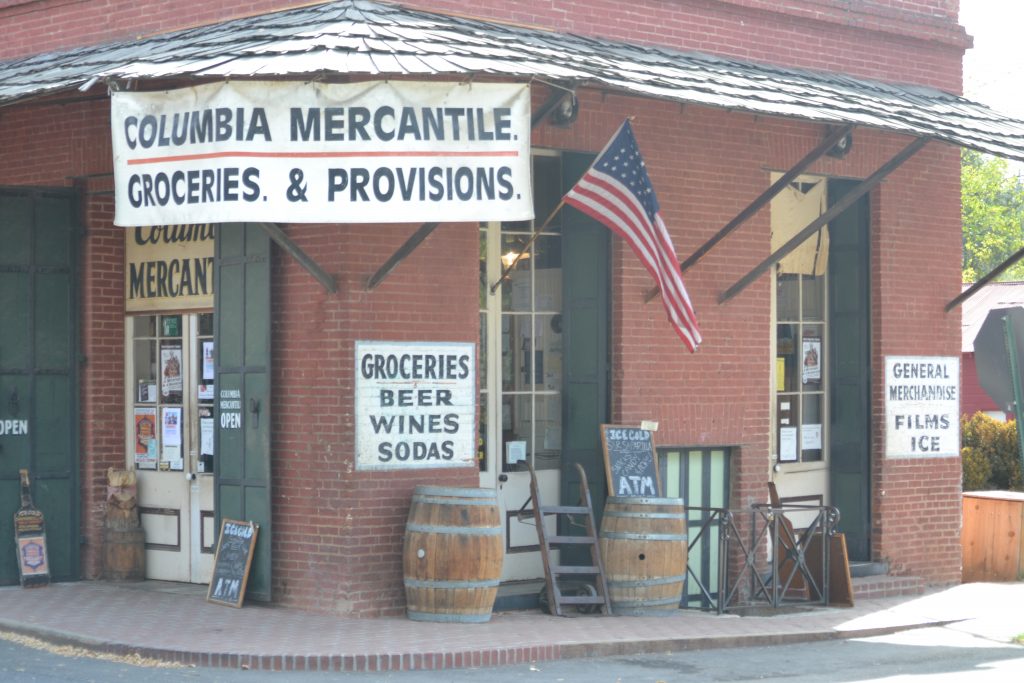
What I love about this place is that the structures are used to house various businesses acting as a working town. Unfortunately, I had arrived during the middle of the week in the fall and many of the stores had already closed for the afternoon. There were, however, some of the attractions open such as the blacksmith, an ice cream store, a saloon and a location for panning gold.
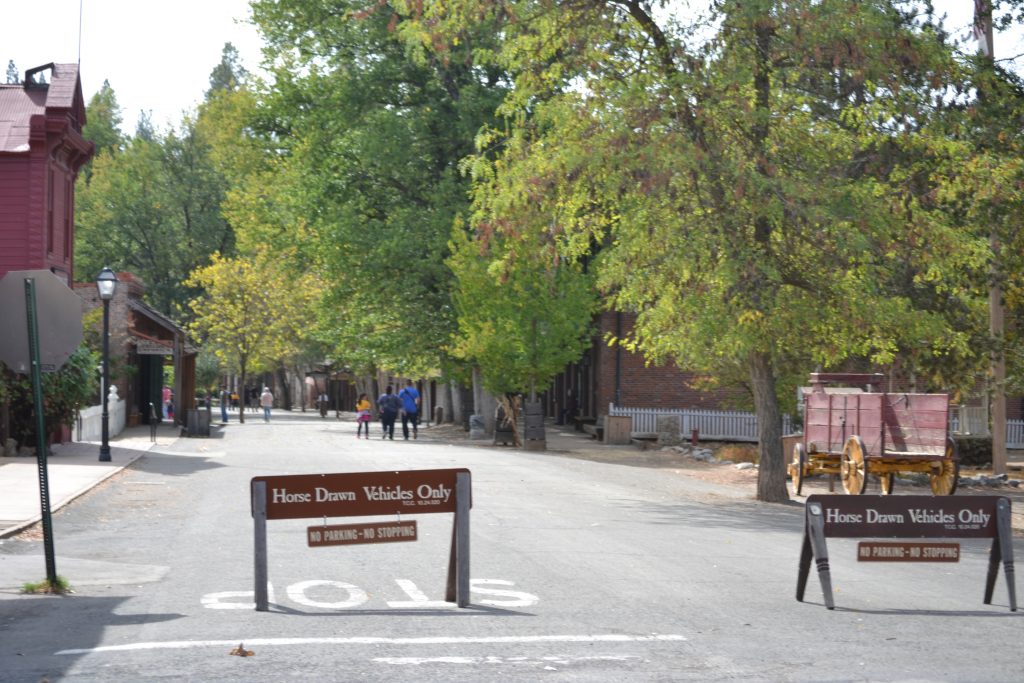
I learned from the young girl at the ice cream shop that during the summer this is an extremely busy place where people wear period costumes to re-enact how life would have been like during the Gold Rush. There are horse drawn stage coach rides and the stores and restaurants are open for business.
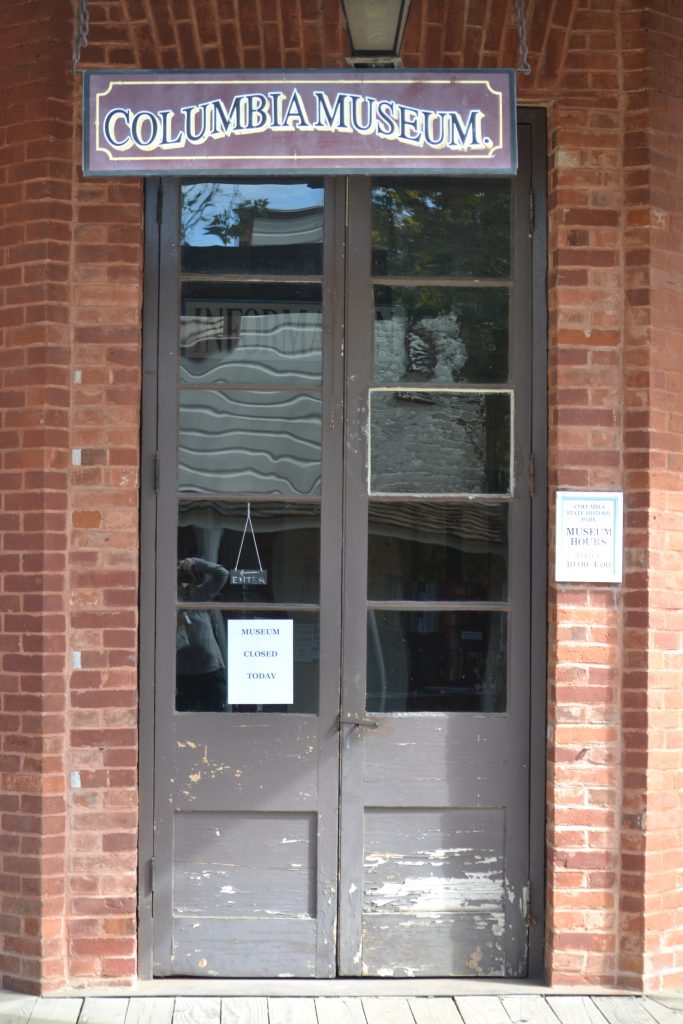
As I walked along the quiet streets, I came across the Columbia Museum. Unfortunately it was closed as I would have loved to have learned more about the history of this town. In addition to the museum, free tours are provided during season and on Gold Rush Days held on the second Saturday of each month year around.
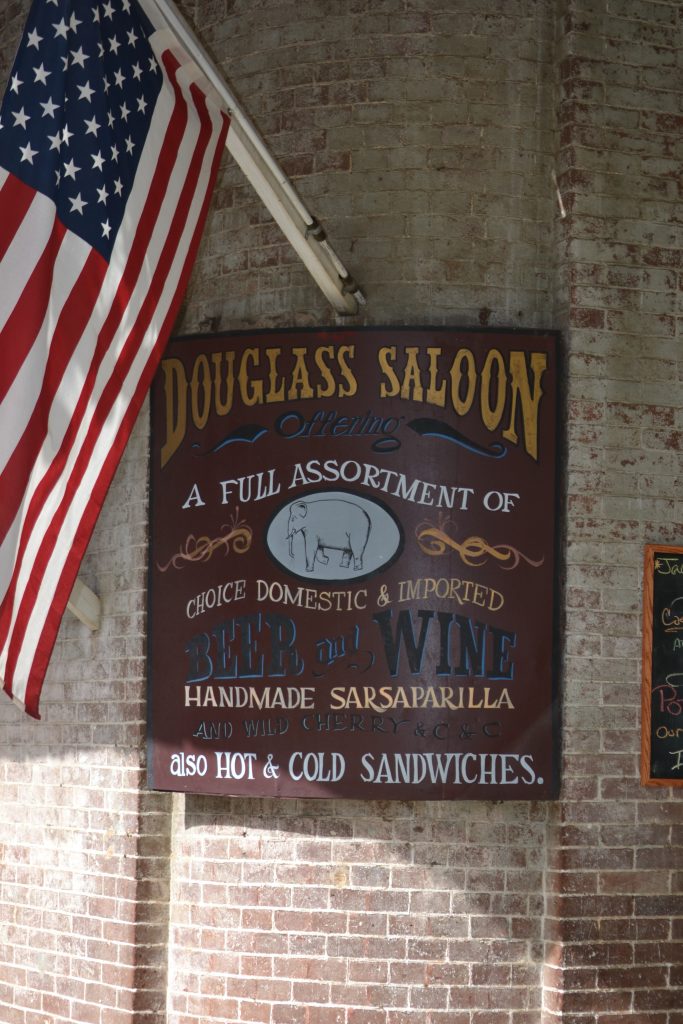
Saloons were a very important part of the gold mining culture. Usually depicted in western movies as gambling joints and full of promiscuous women, the halls were a place for locals to hang out throughout the day when they took some time away from panning gold.
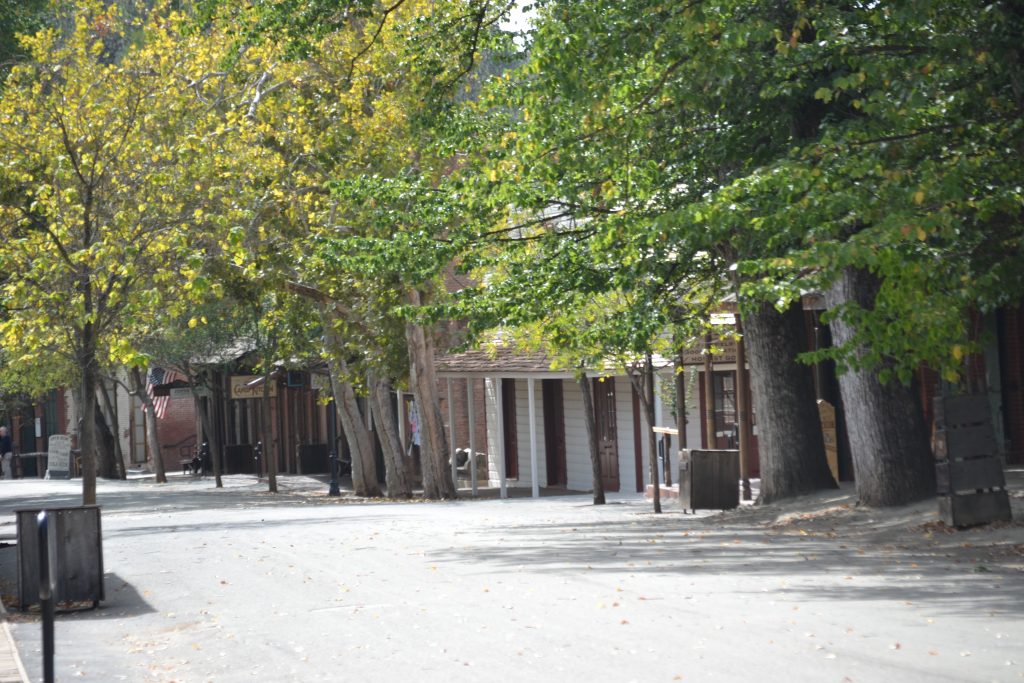
In 1961, the town of Columbia was declared a National Historic Landmark. Beautifully preserved and well-maintained, this location provides an in-depth look into the lives of gold miners and the hardships that they endured. What is so great about this park is that it is free. and even the guided tours are provided at no charge, so what a great reason to visit. Not to mention the opportunity to pan for gold.
Do you have a favorite historical site in the US? I would love to hear about it if you would kindly leave a comment in the section below! Many Thanks and Happy Travels!
What to See and What to Do:
Columbia State Historic Park
11255 Jackson Street
Columbia, CA 95310
Telephone: 209 588 9128
- Admission Fee: There is no fee for visiting Columbia State Historic Park.
- Hours: Open daily 24 hours but most businesses are open from 10AM to 5PM
- Amenities: visitor center, restaurants, shopping, gold mining, hiking, guided tours, historical site, picnic areas, interpretive exhibits, museums, family programs, lodging
- Scenic View: This scenic old town offers several great photographic opportunity
- Length of Visit: 1 – 2 hours
- Tips for Your Visit: Each month the town hosts “Gold Rush Days” on the second Saturday from 1 – 4PM.
Where to Stay:
Columbia City Hotel
Columbia State Historic Park
22768 Main Street
Columbia, CA 95310
Telephone: 209 588 9128
Where to Eat:
The Nugget Cafe
22758 Parrotts Ferry Road
Columbia, CA 95310
This restaurant is only open for breakfast. I ordered my typical breakfast of eggs, bacon, toast and side of hashbrowns. Great portion sizes and tasty meal.
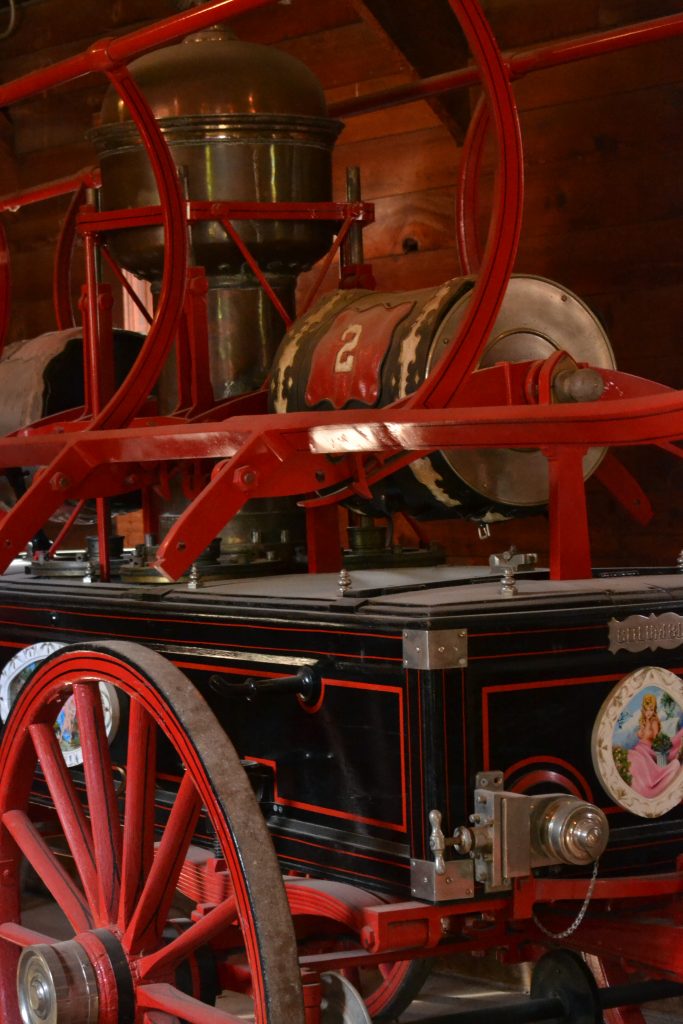
Old Time Fire Engine, Columbia, California
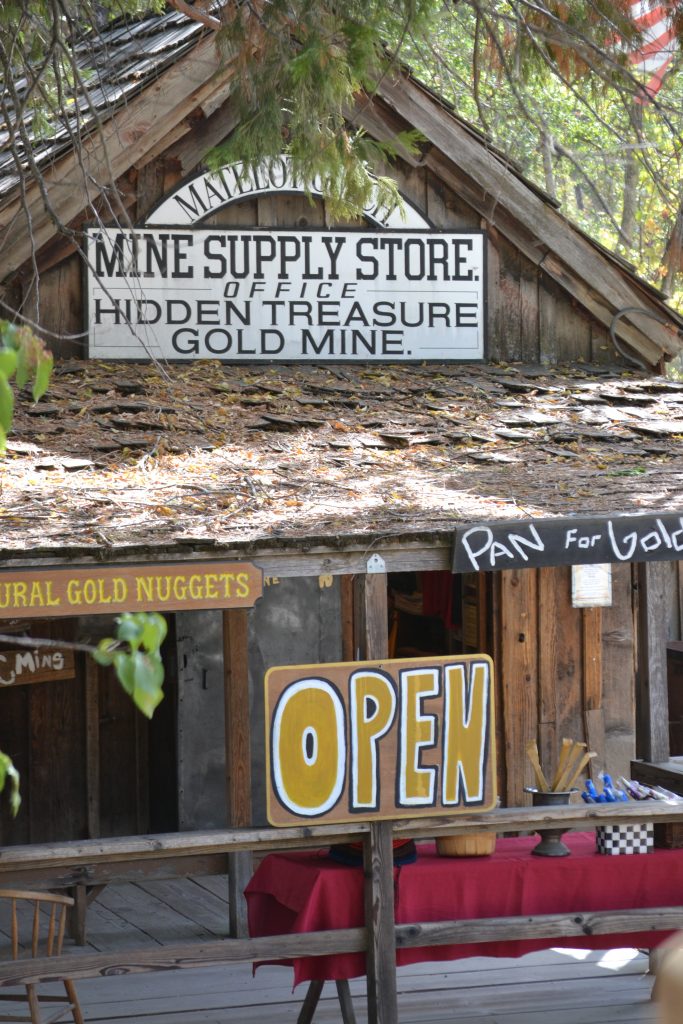
Gold Mine in Columbia, California
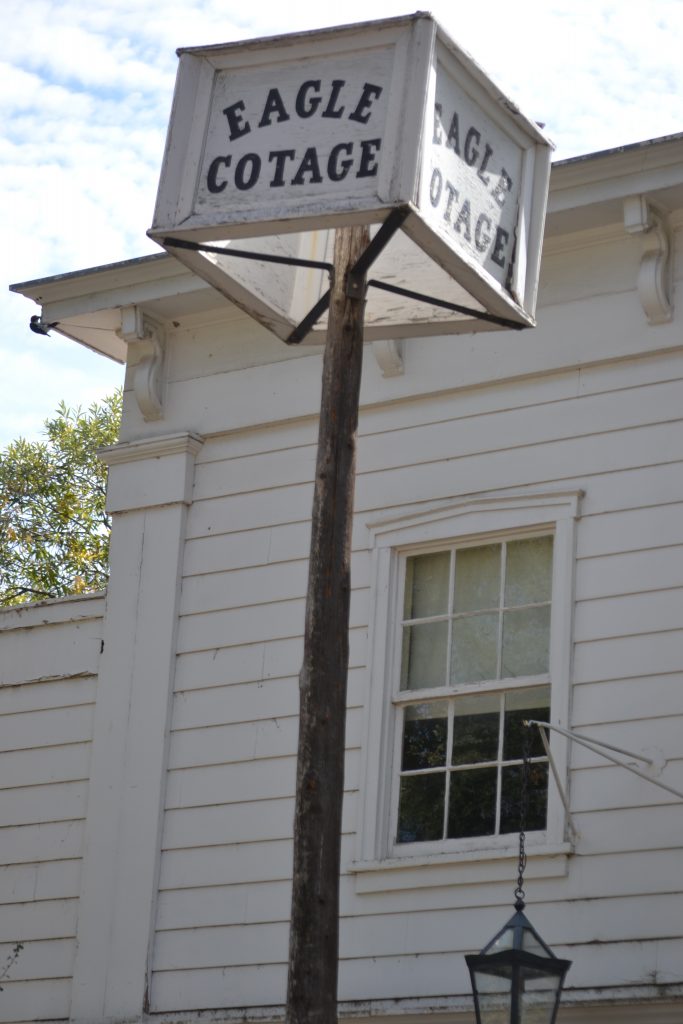
Eagle Cotage at Columbia Historical Site
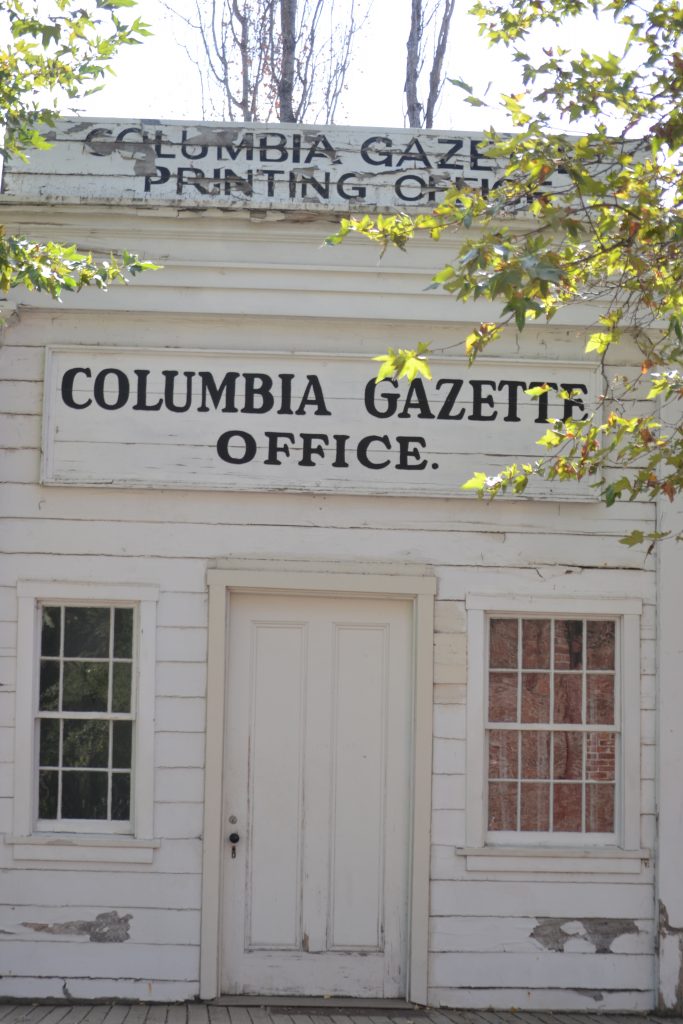
Columbia Gazette, California
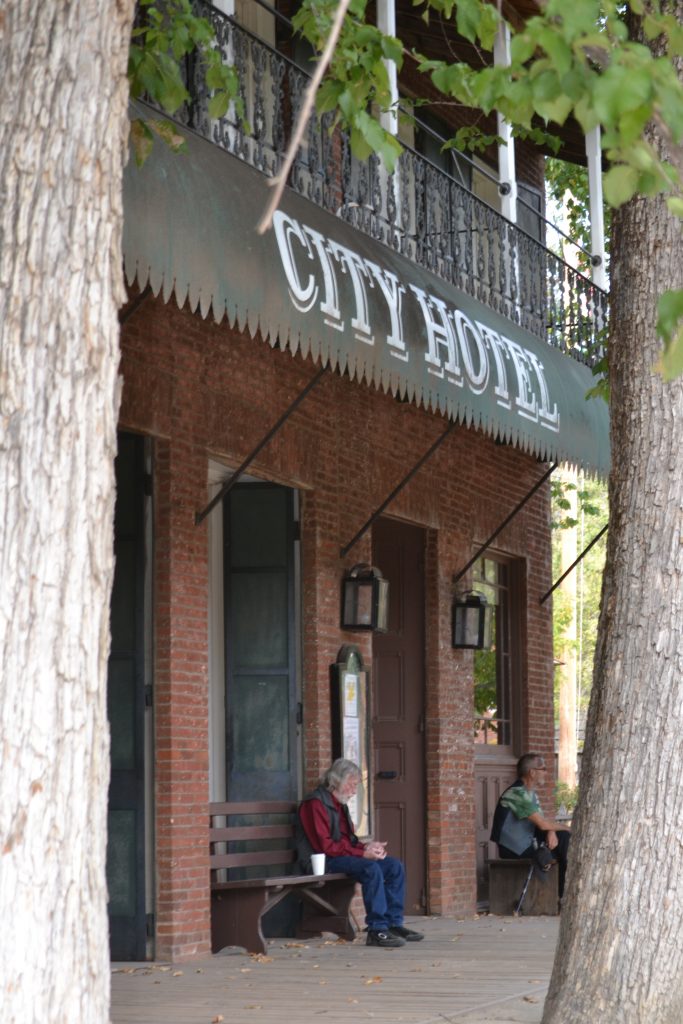 City Hotel, Columbia, California
City Hotel, Columbia, California
